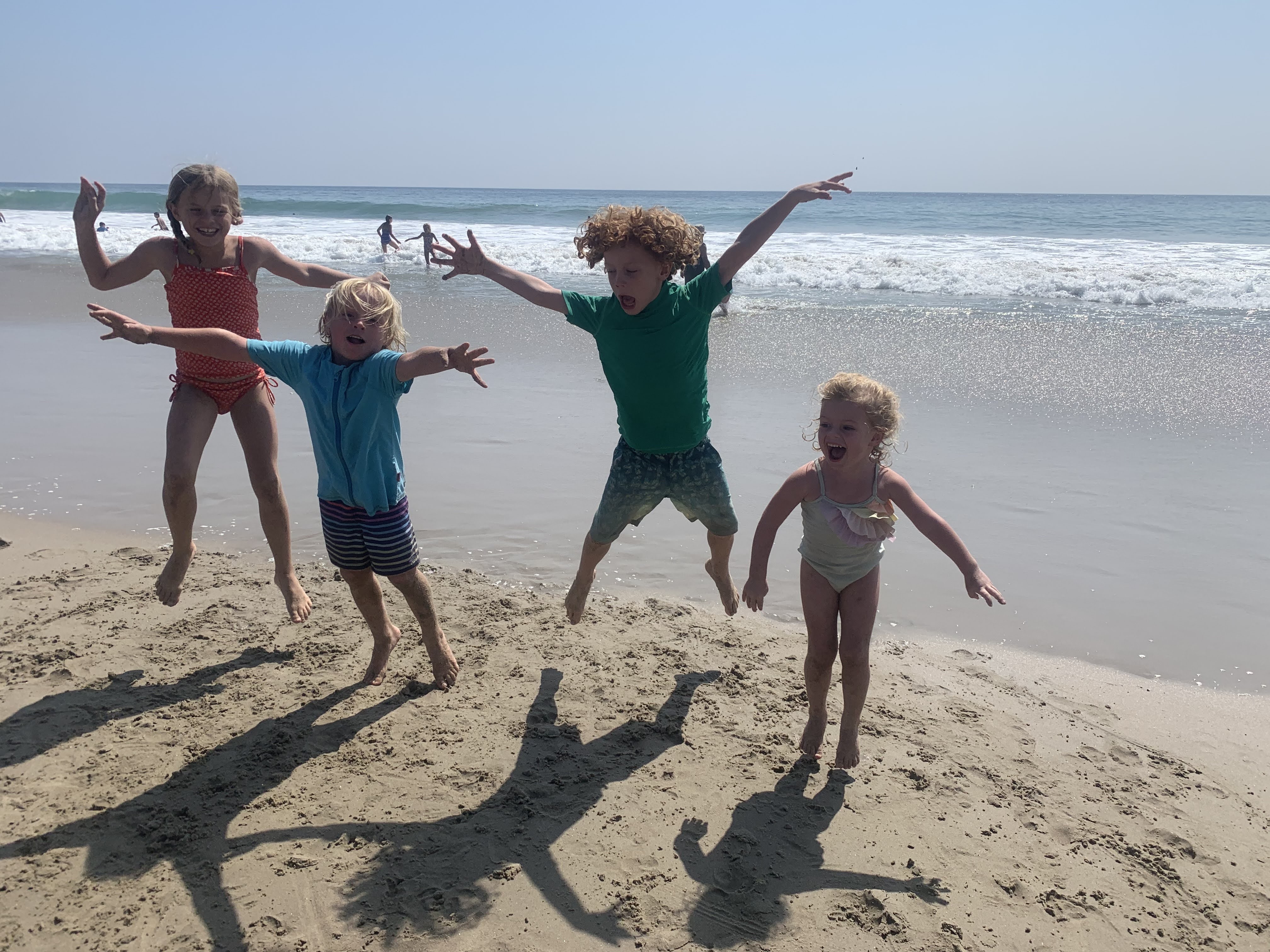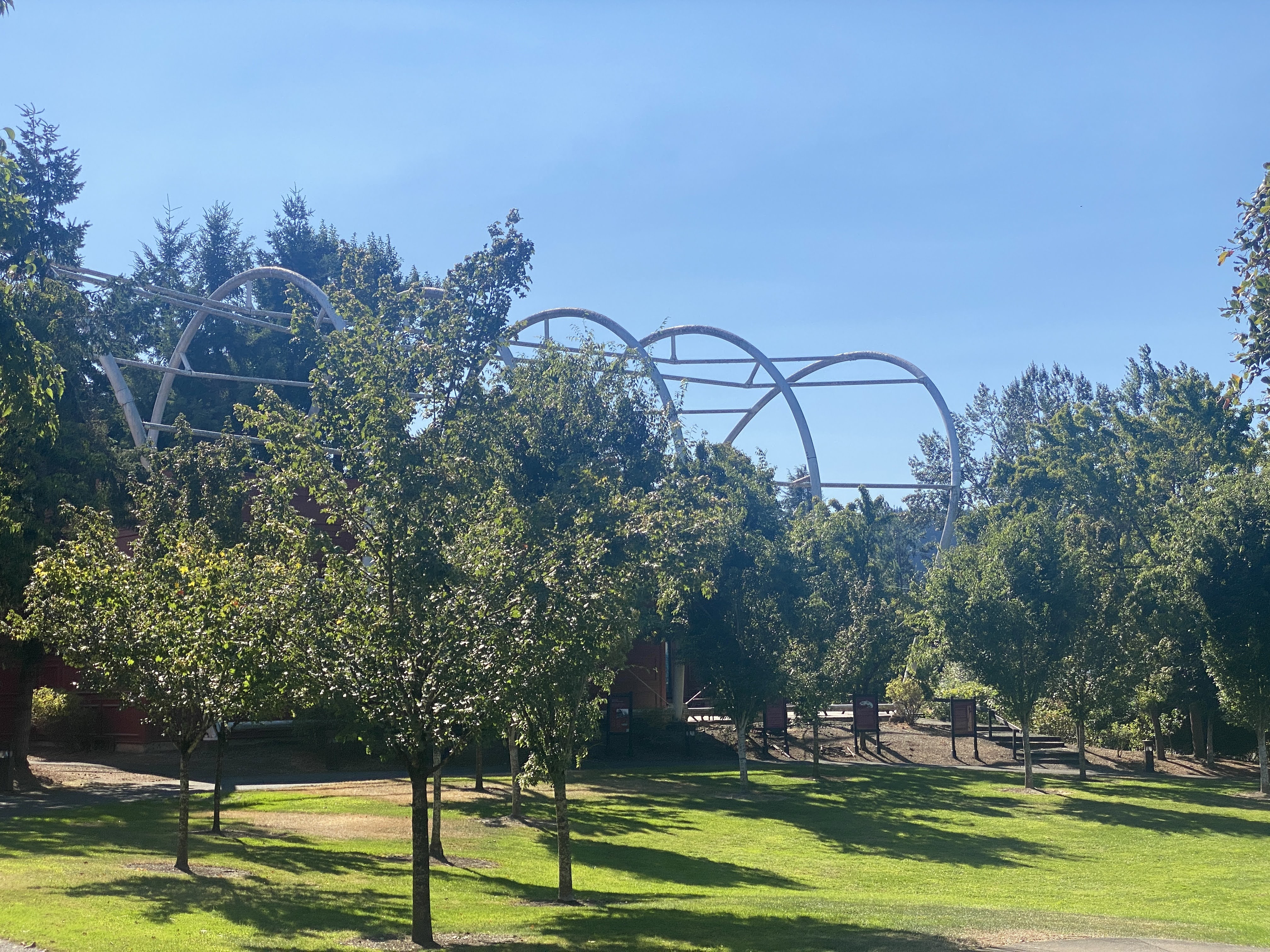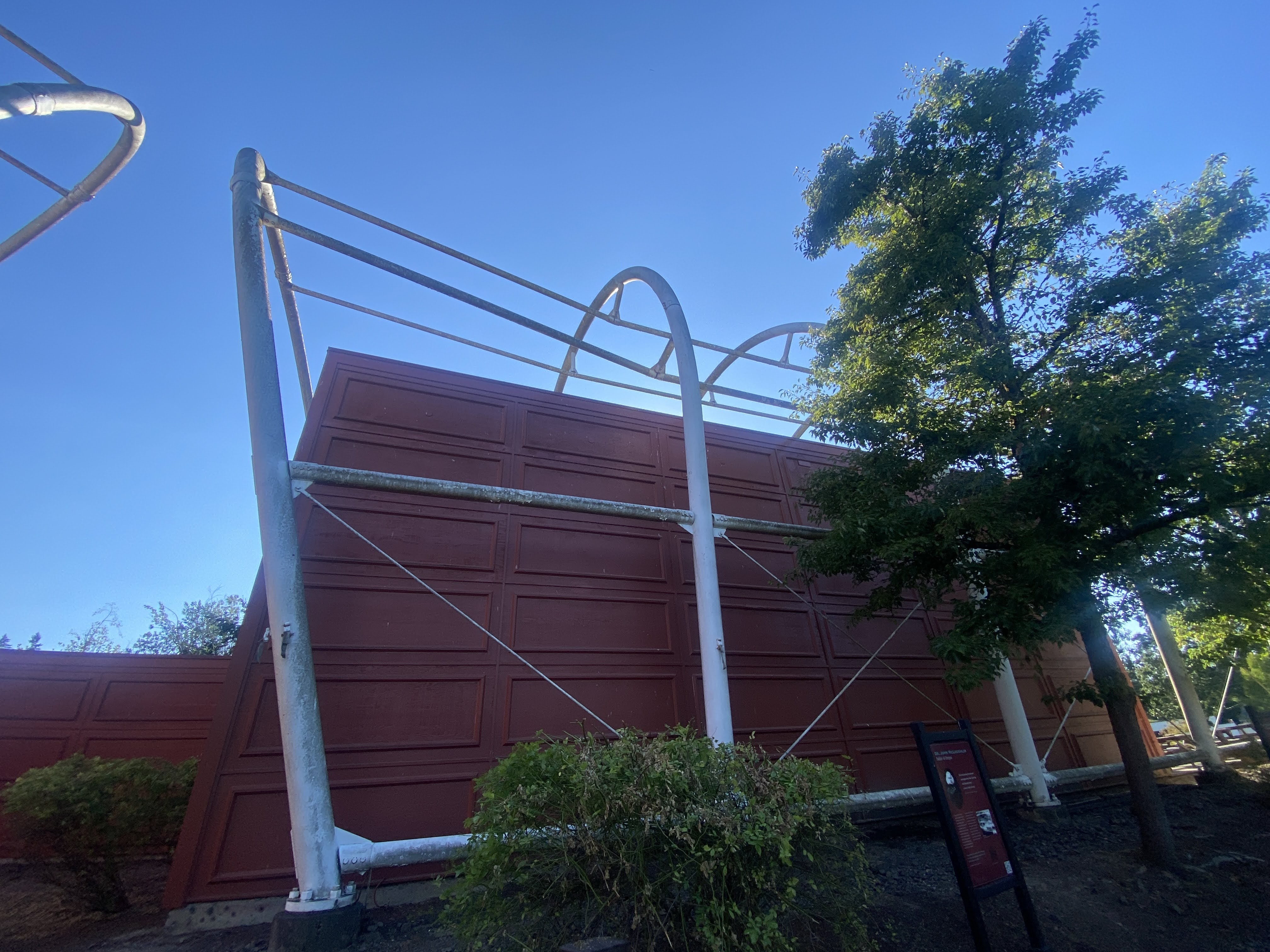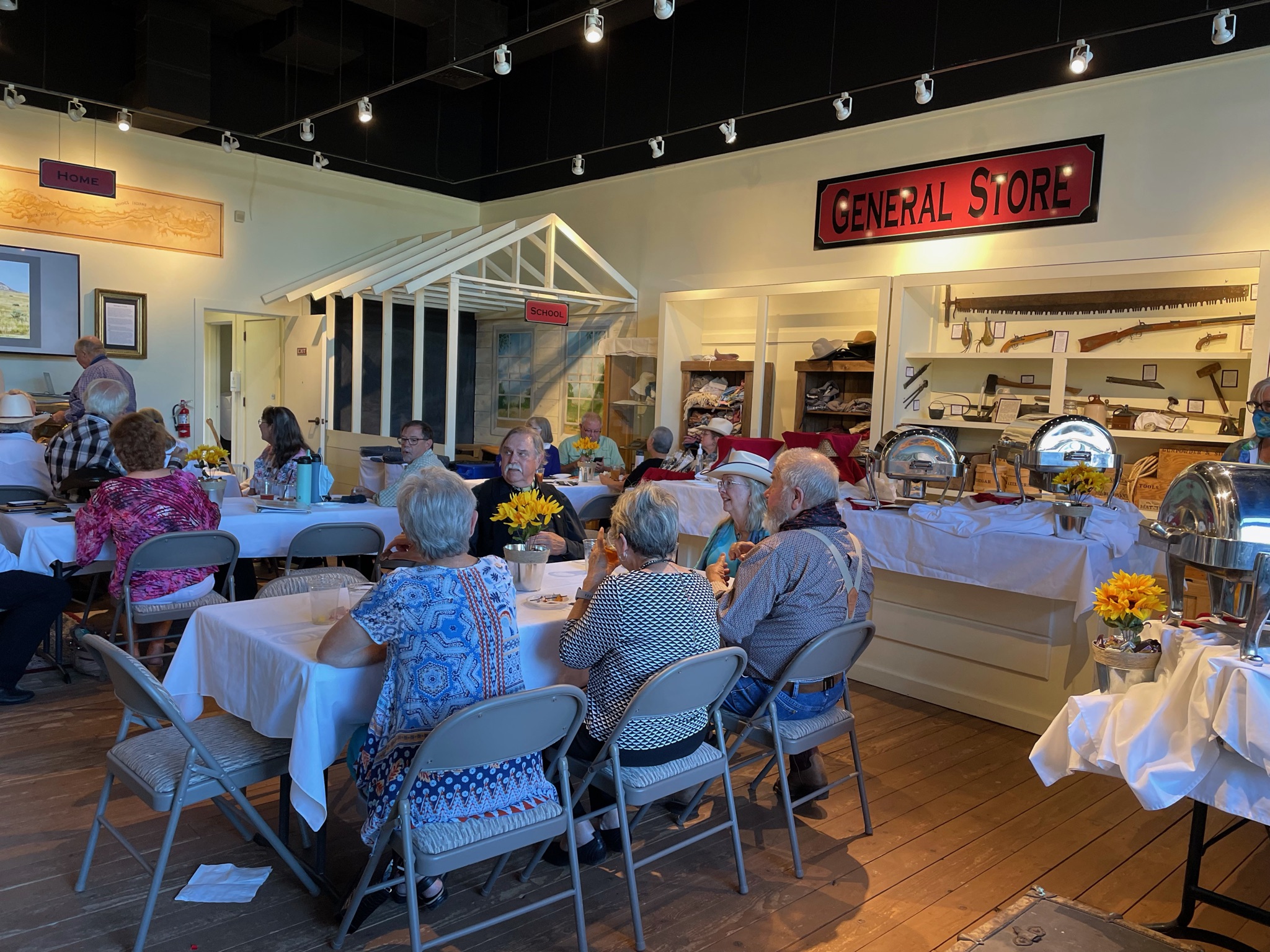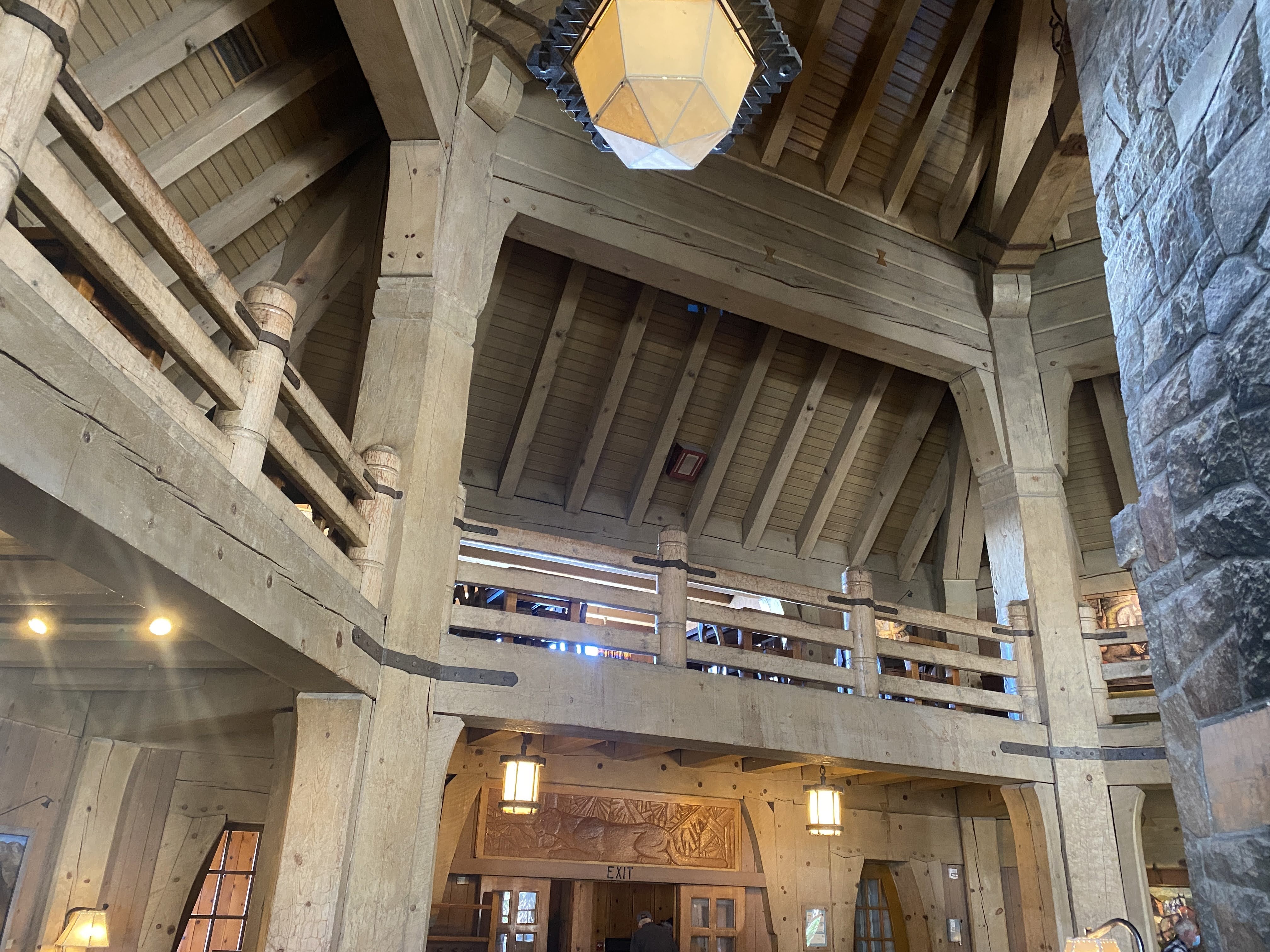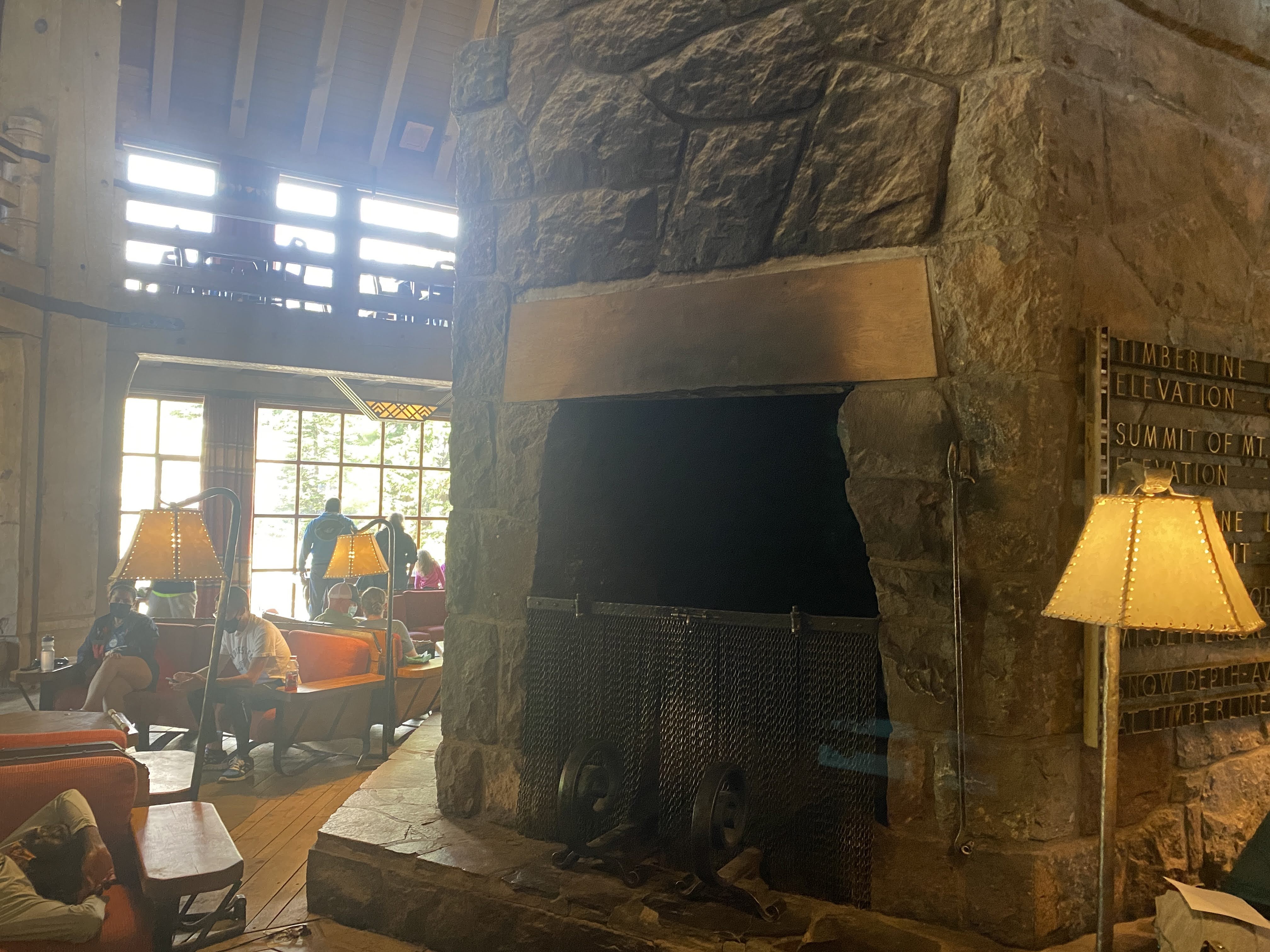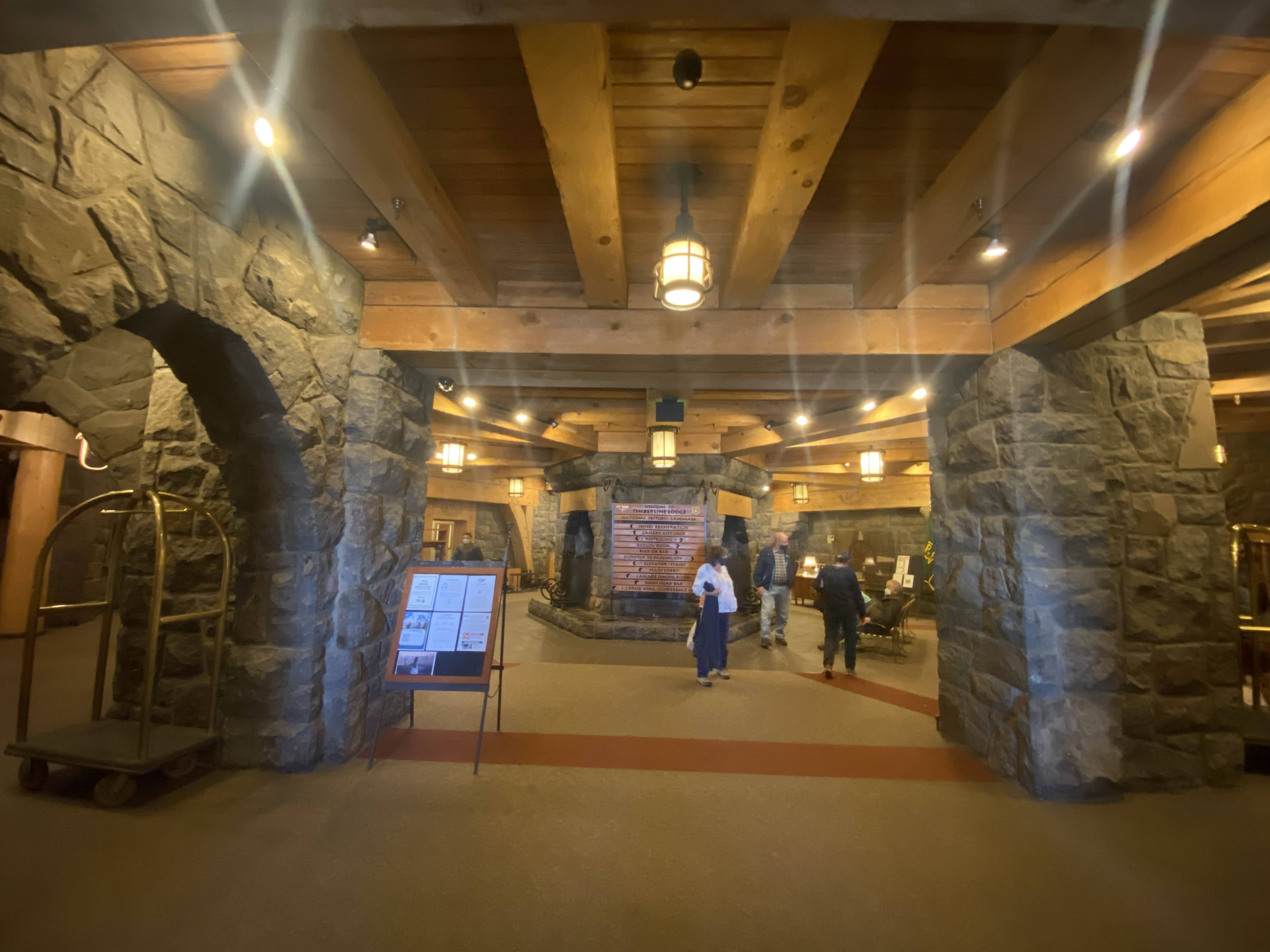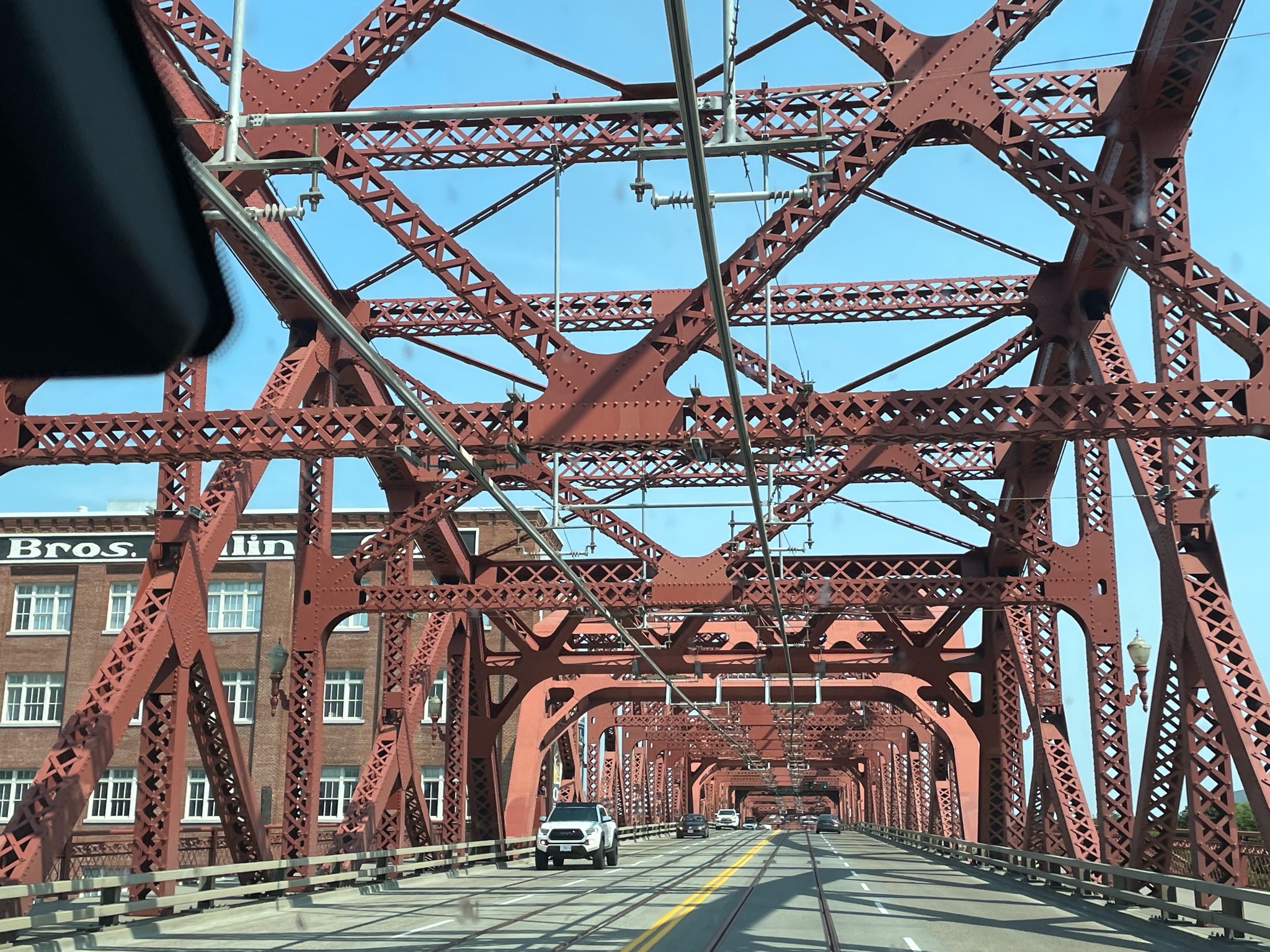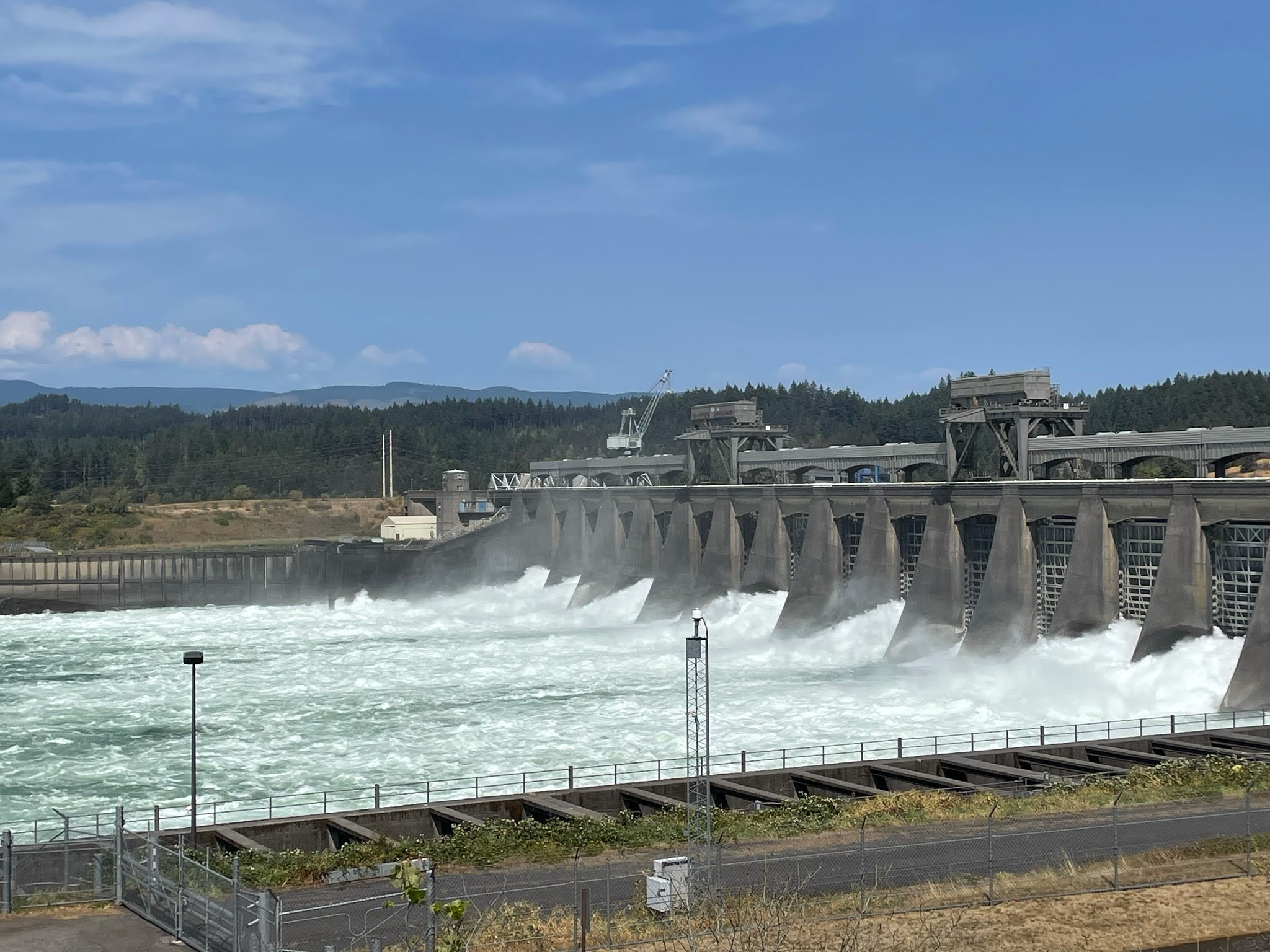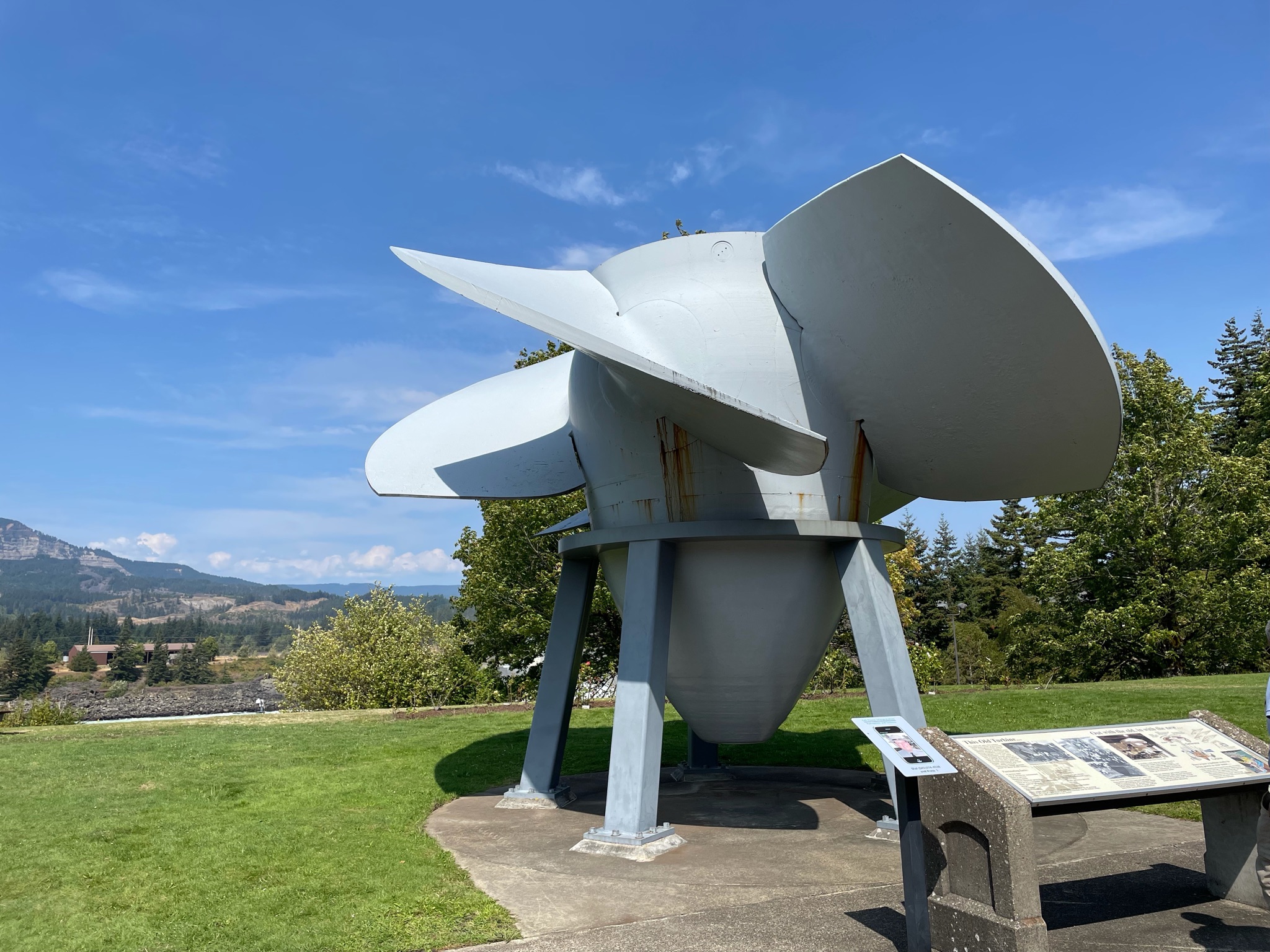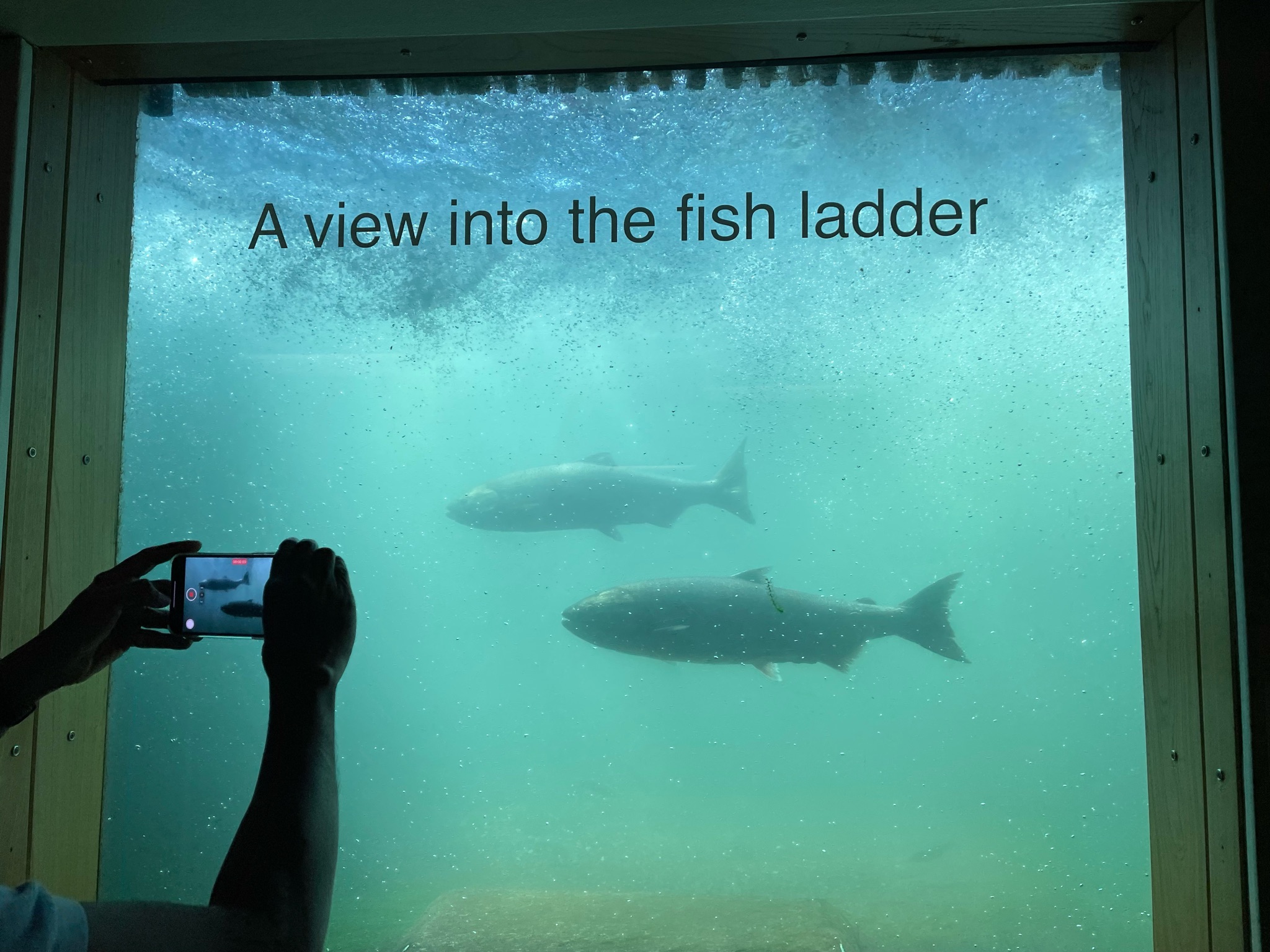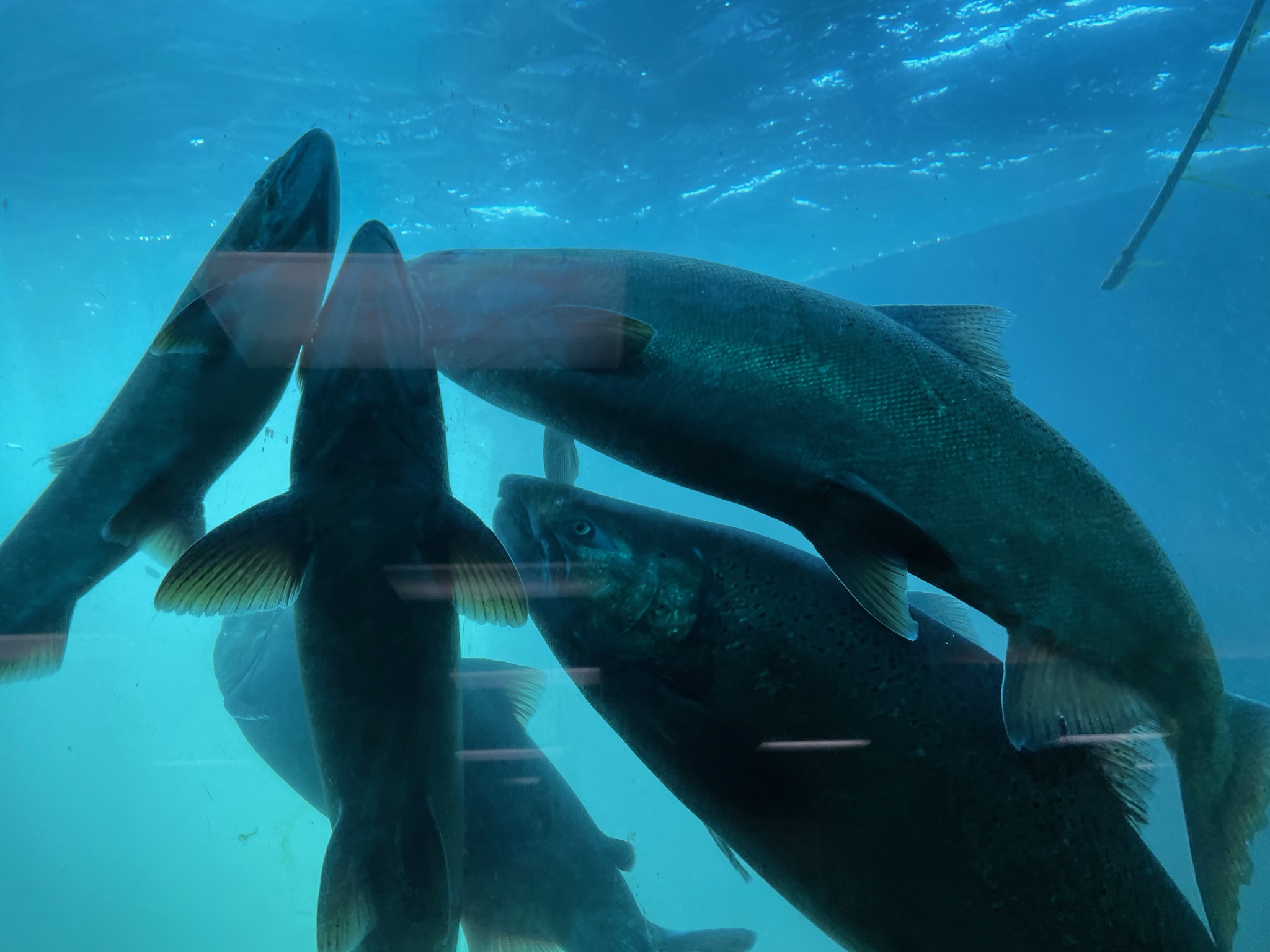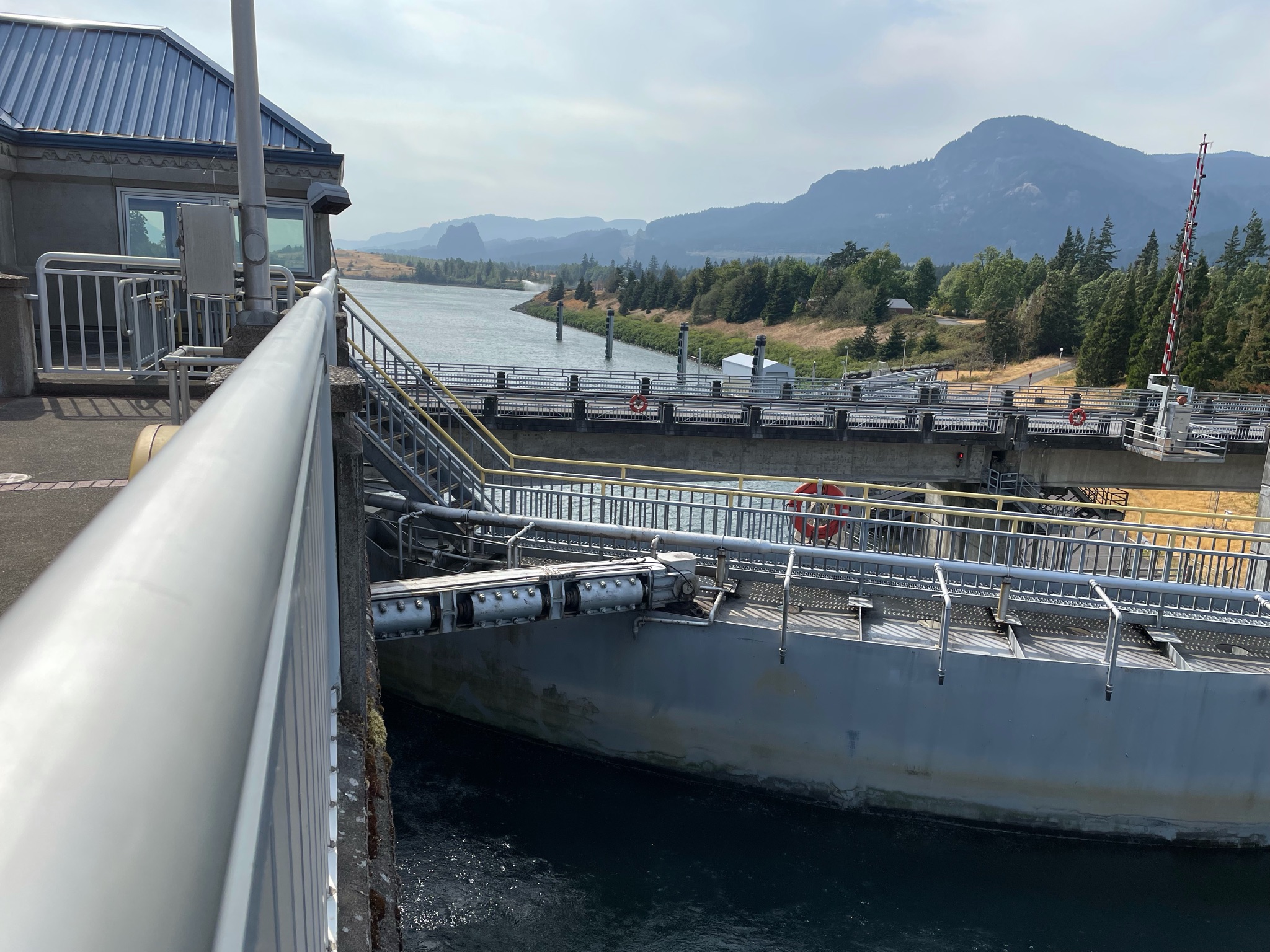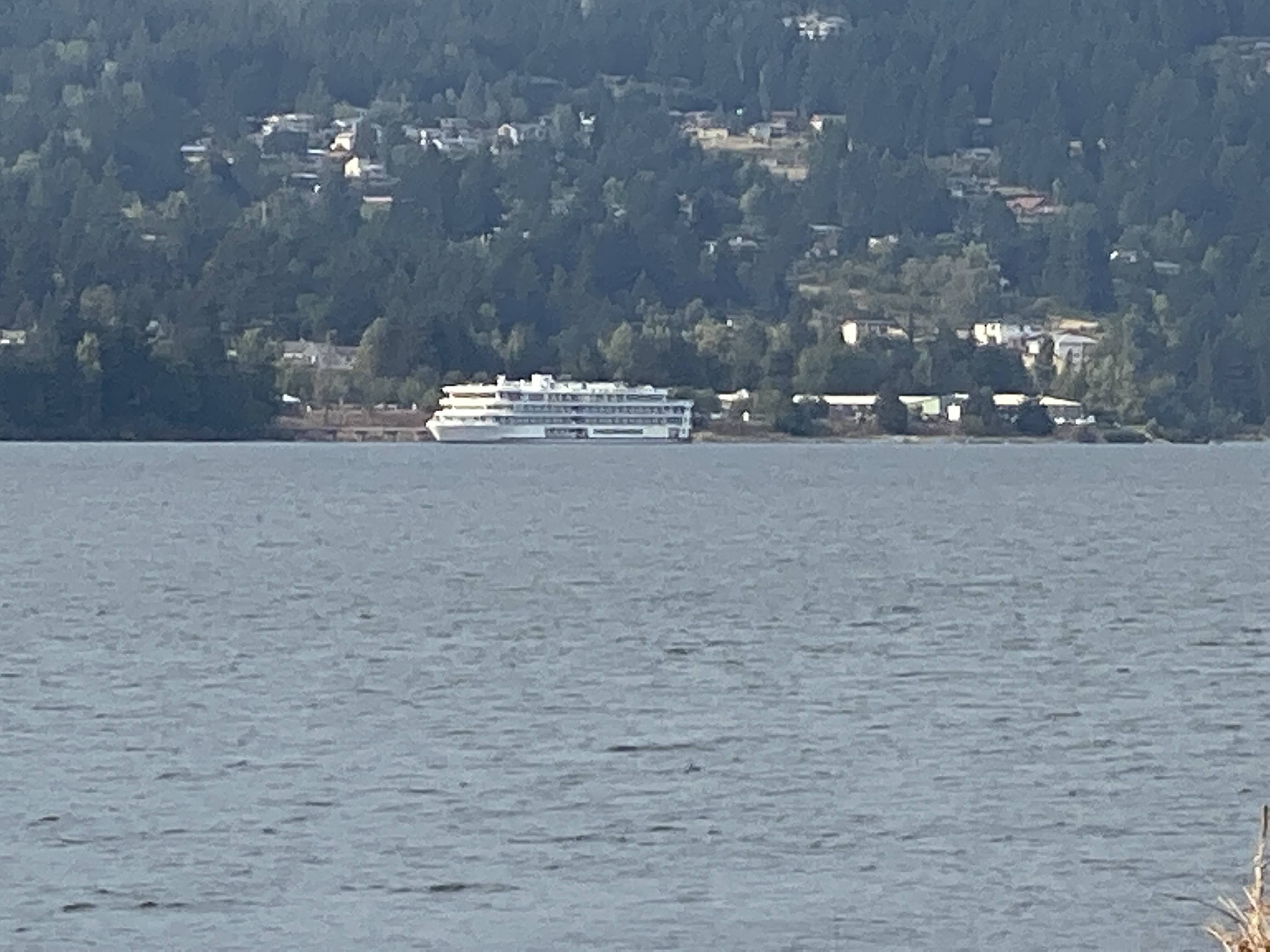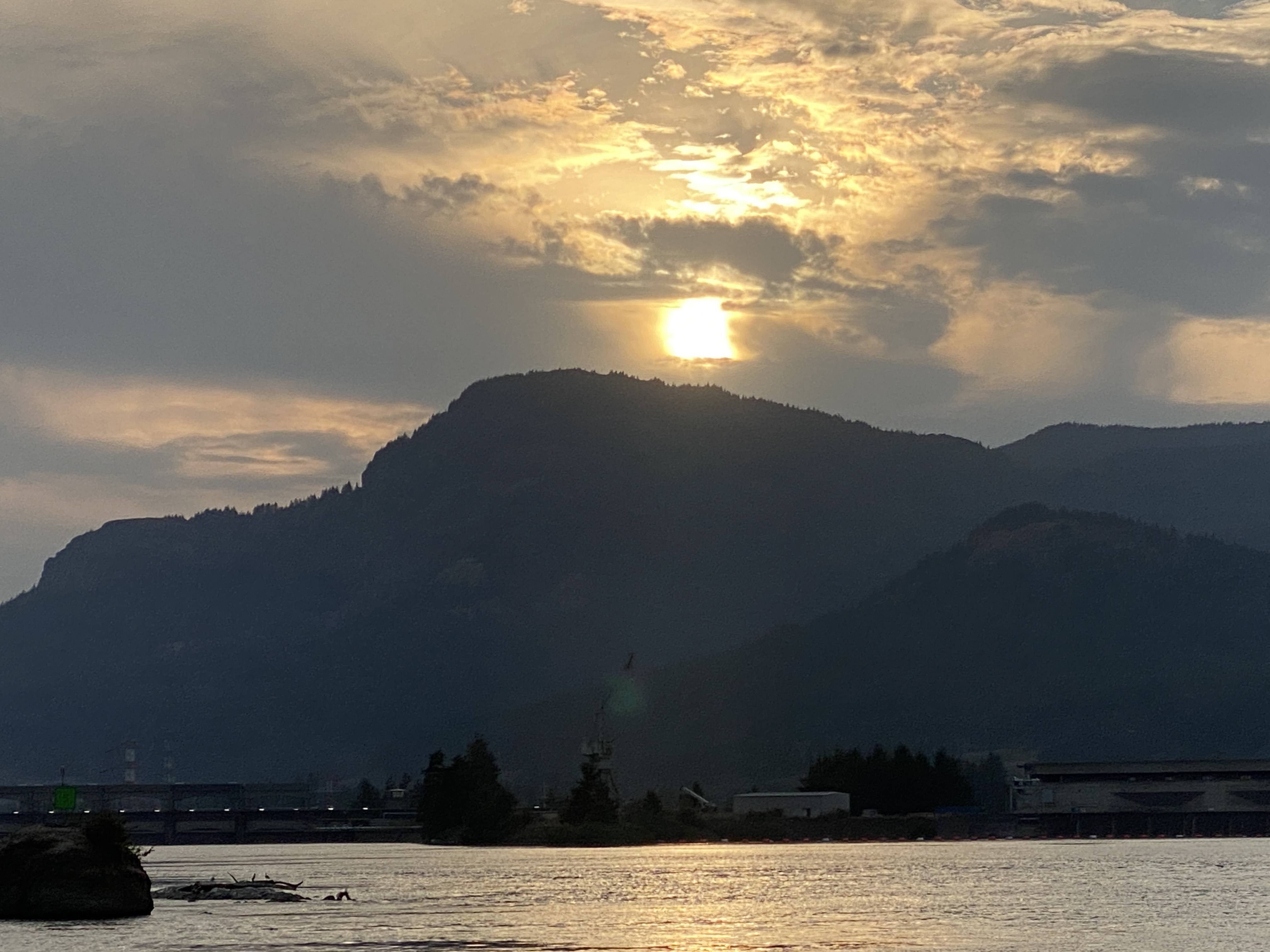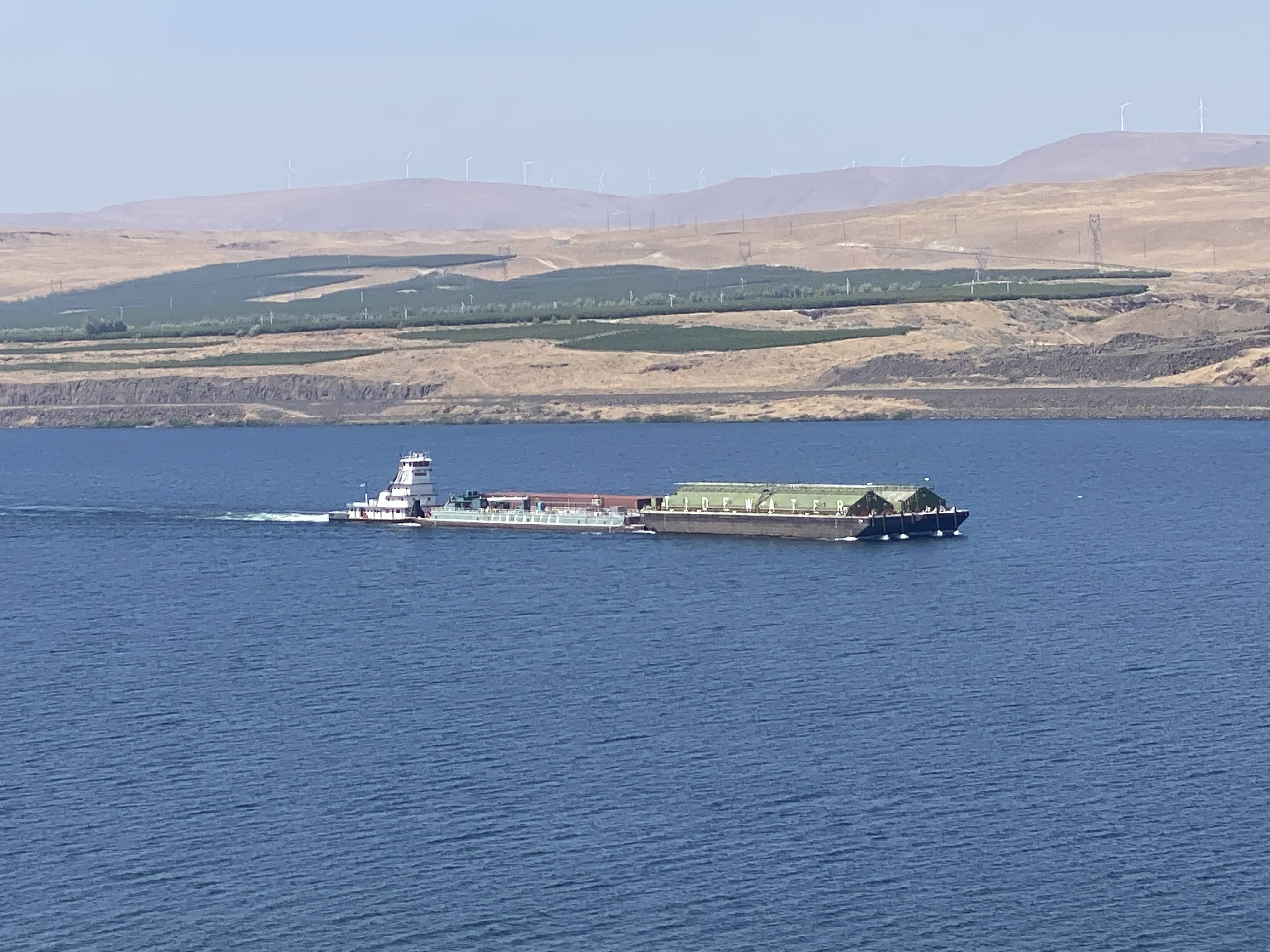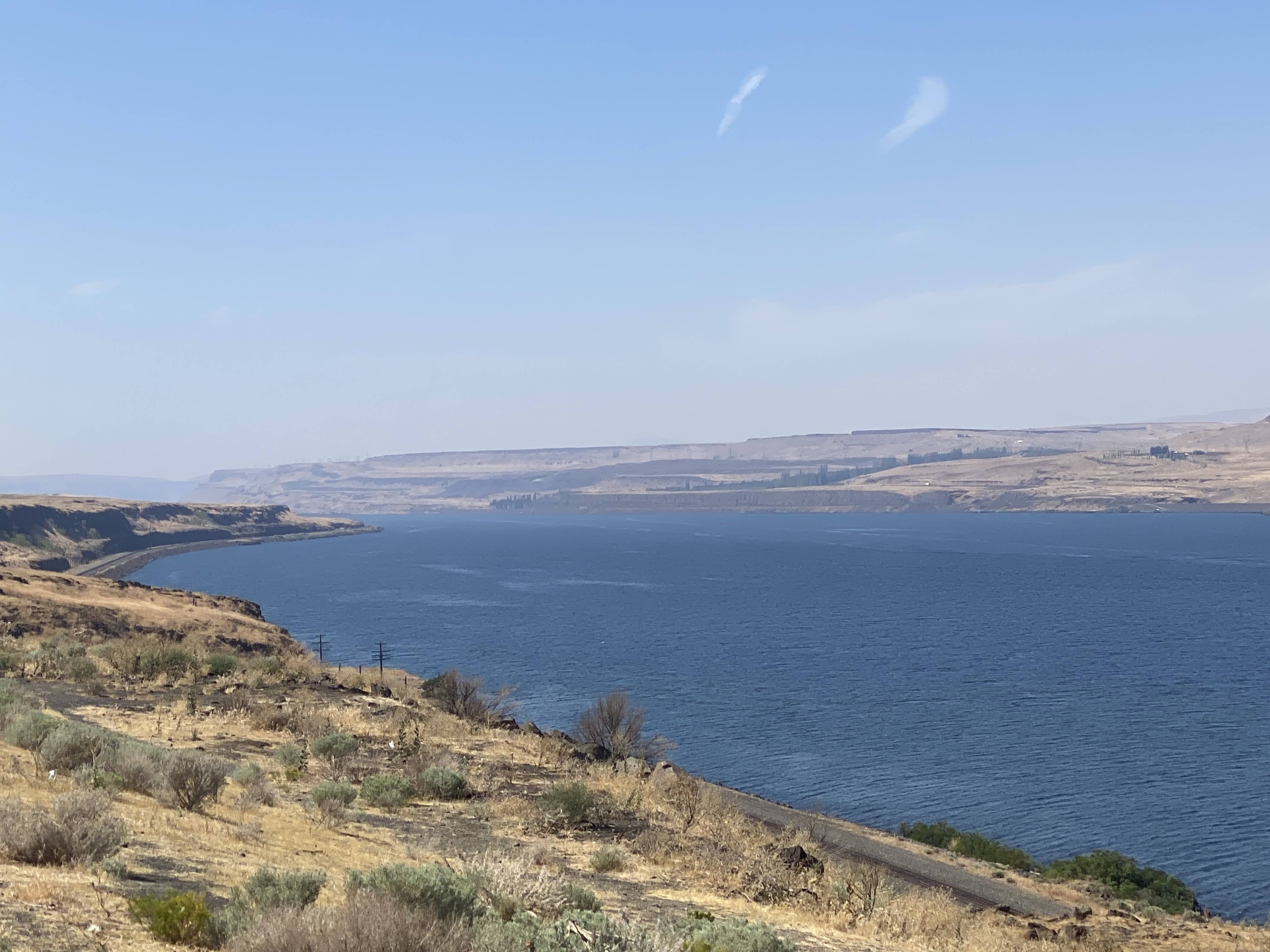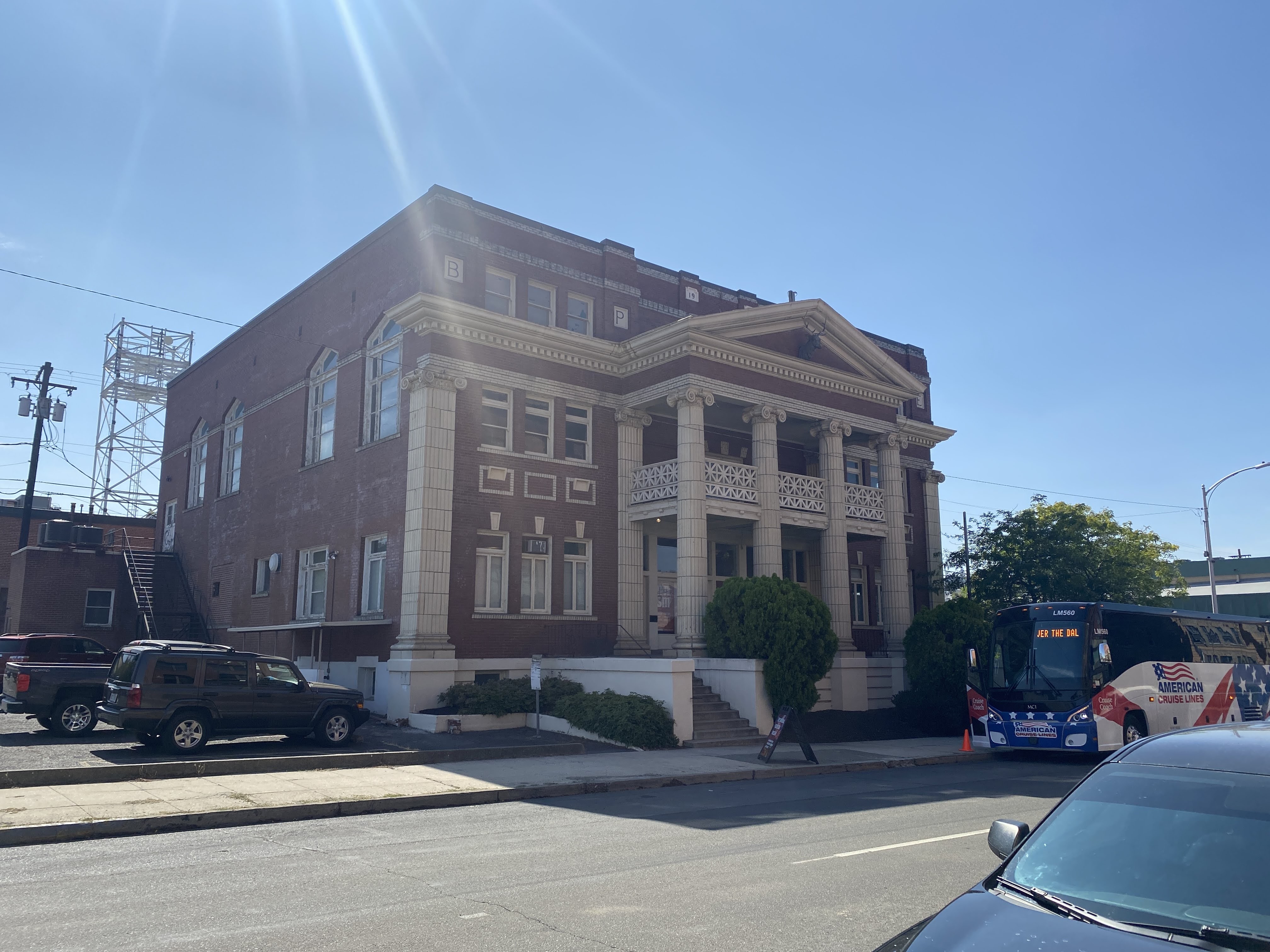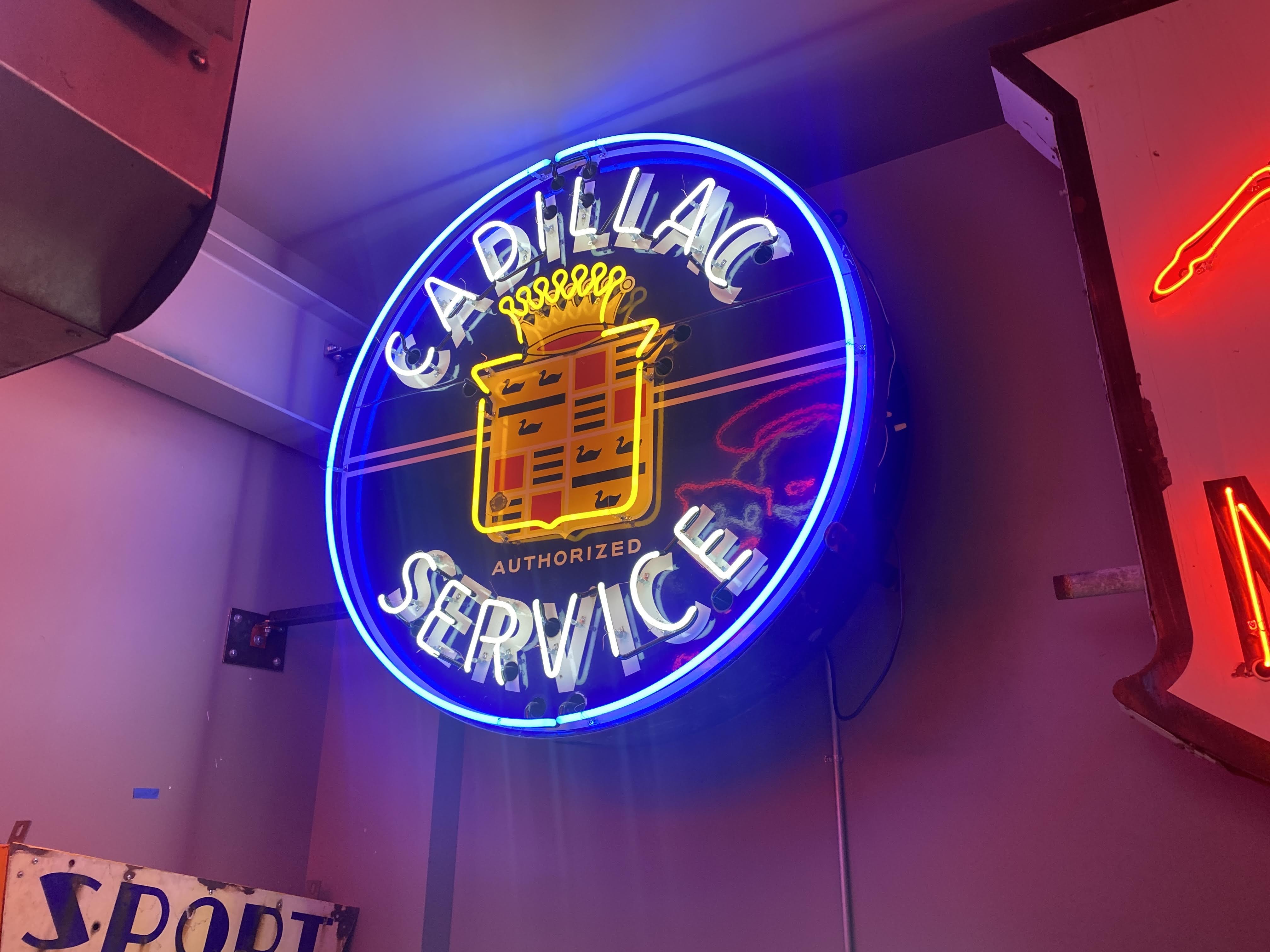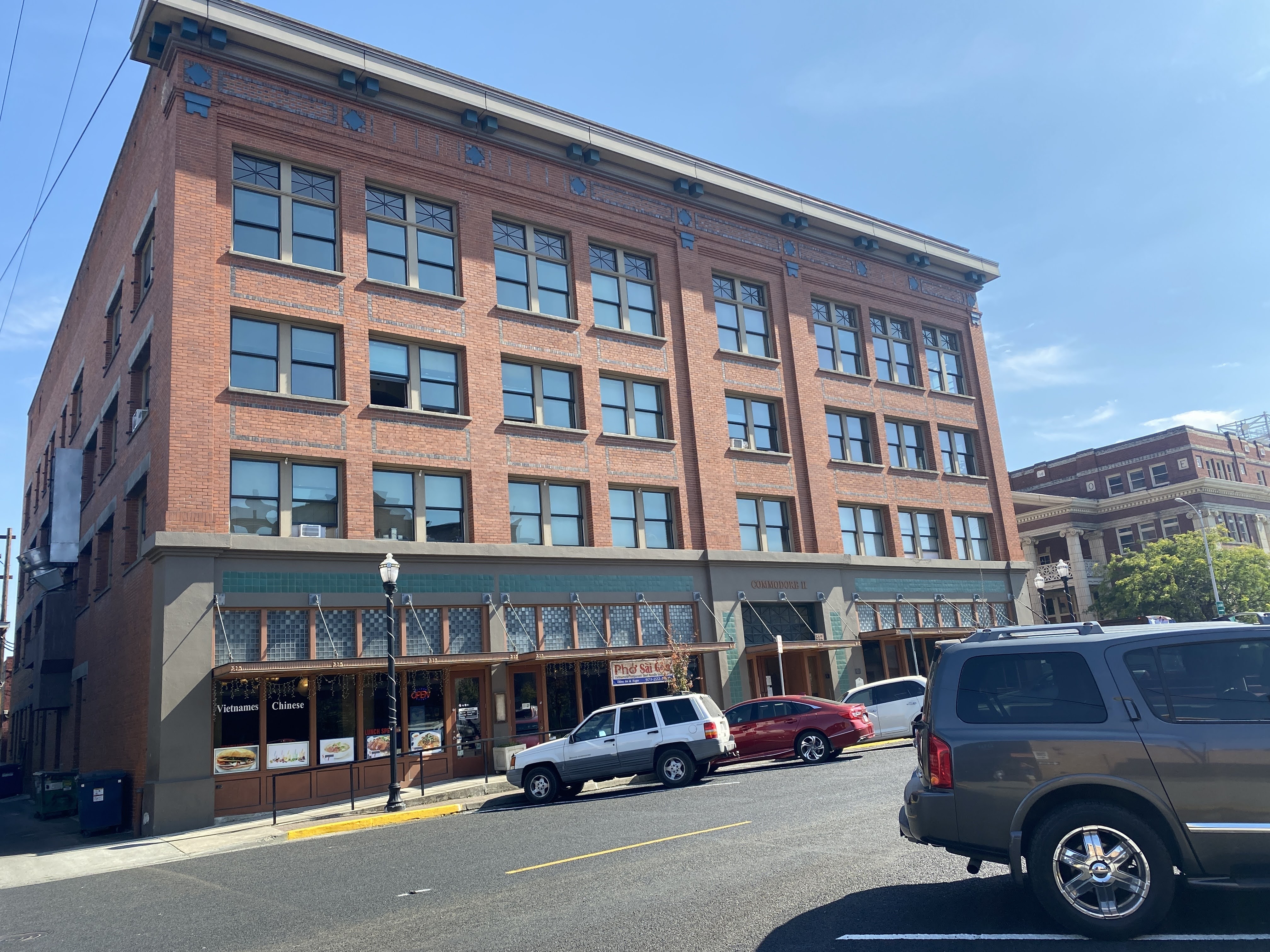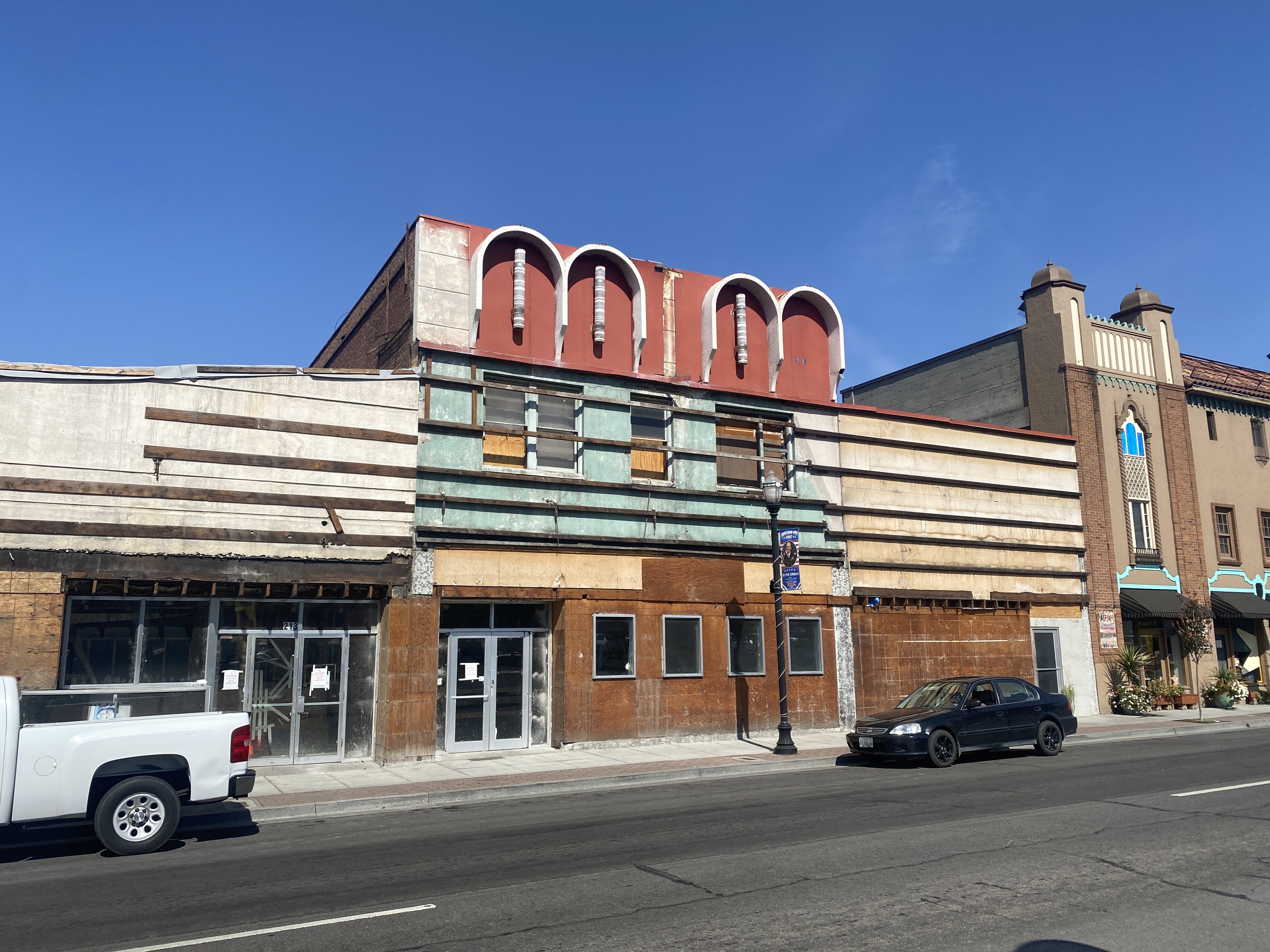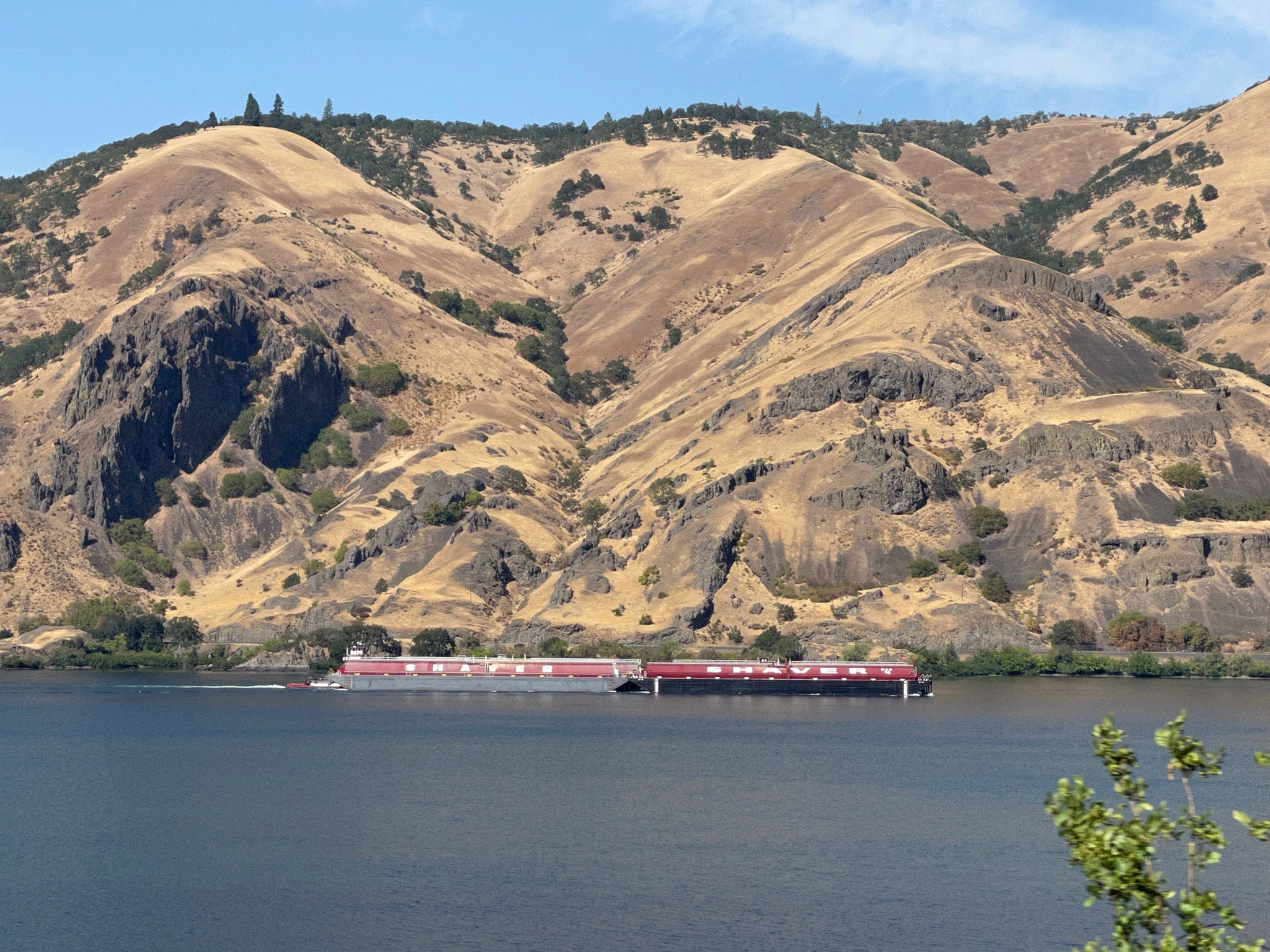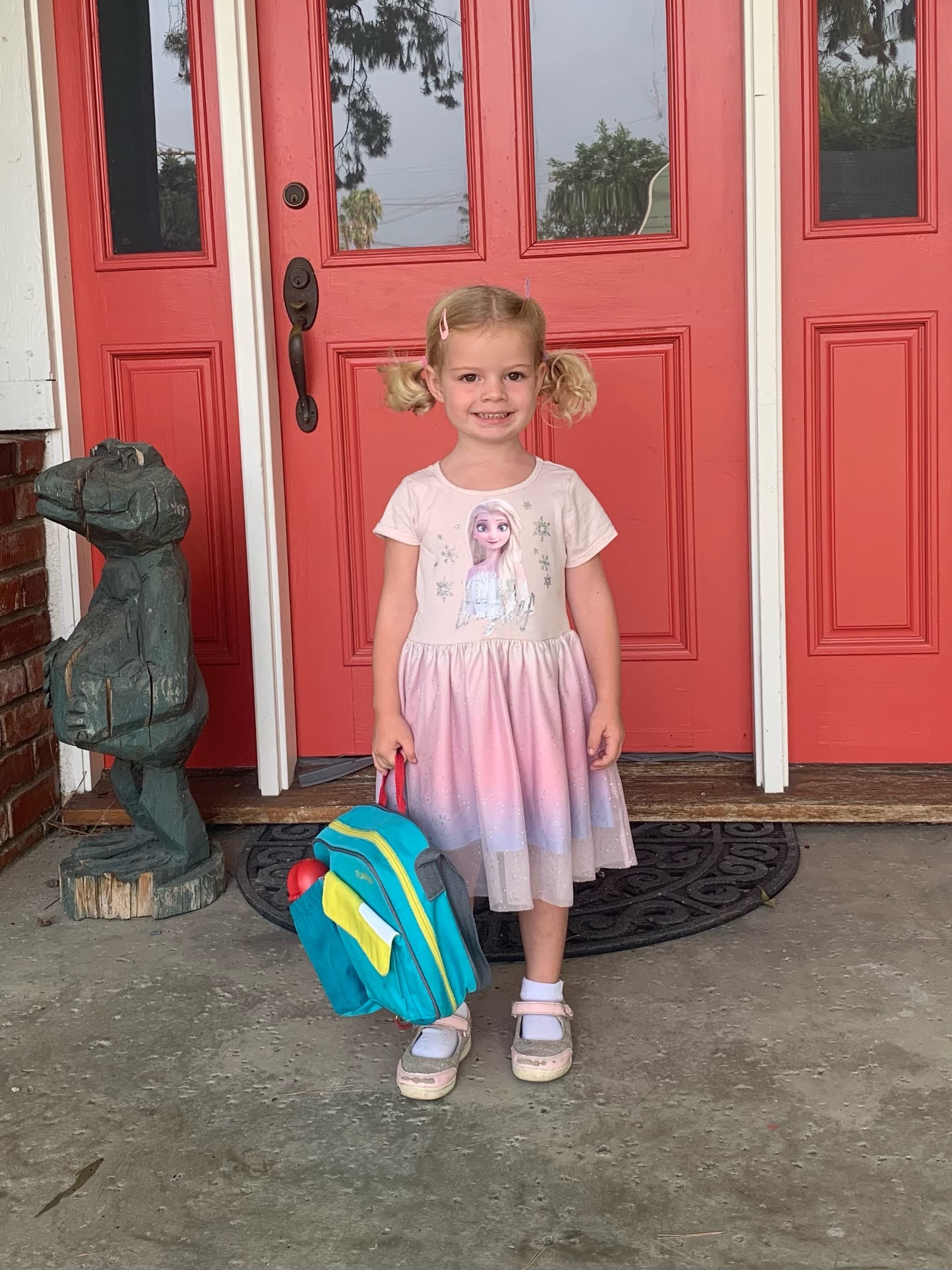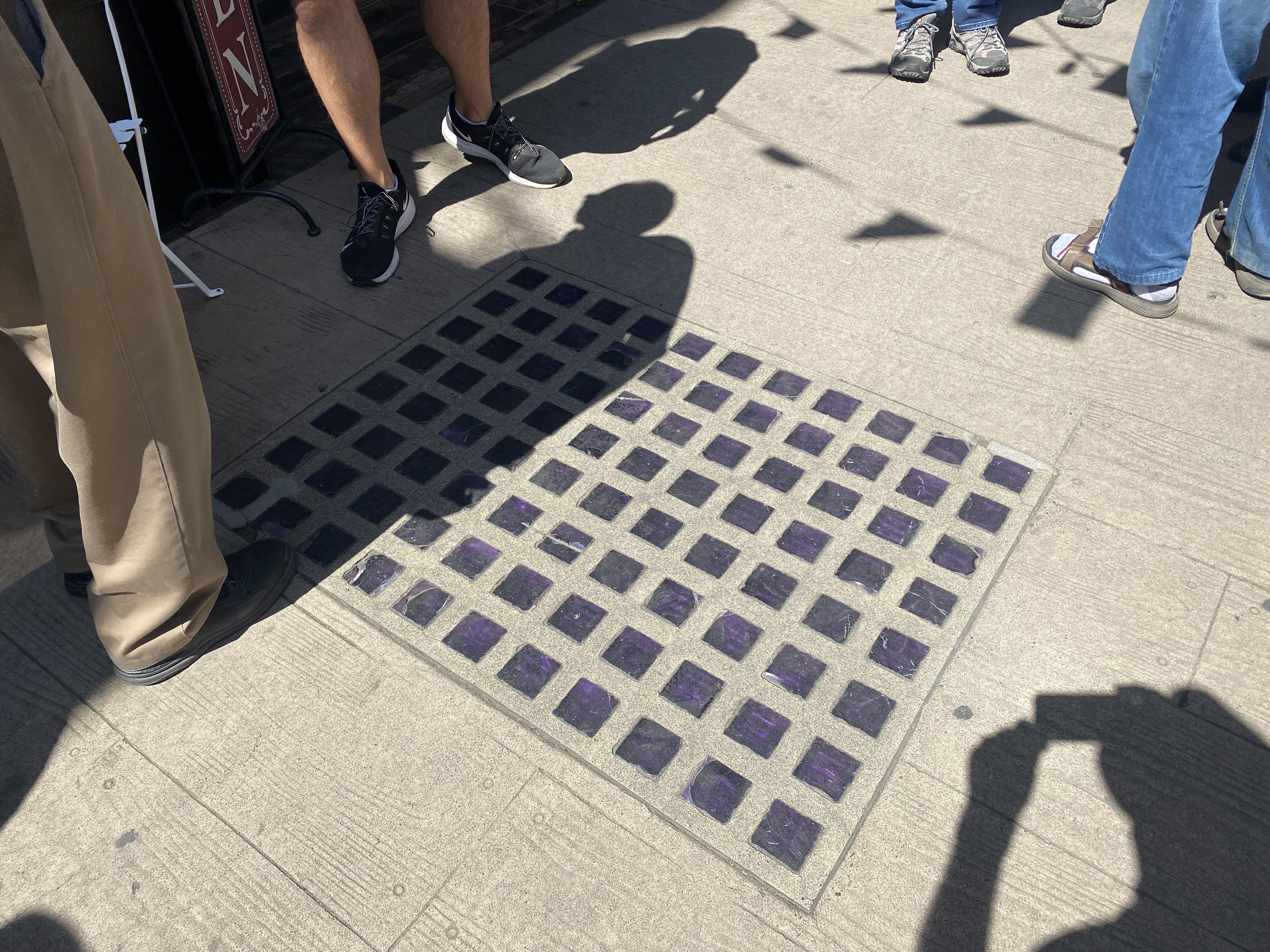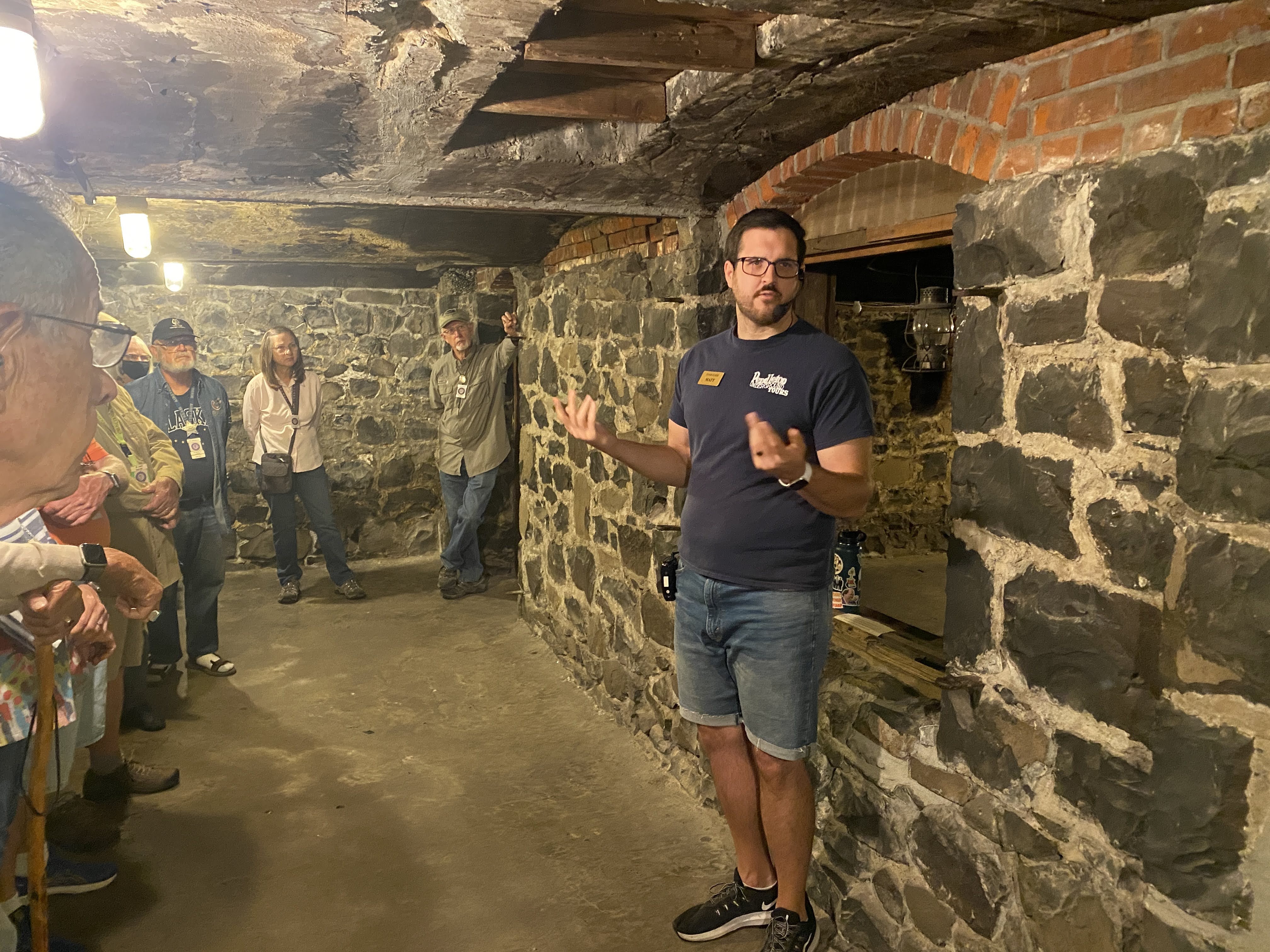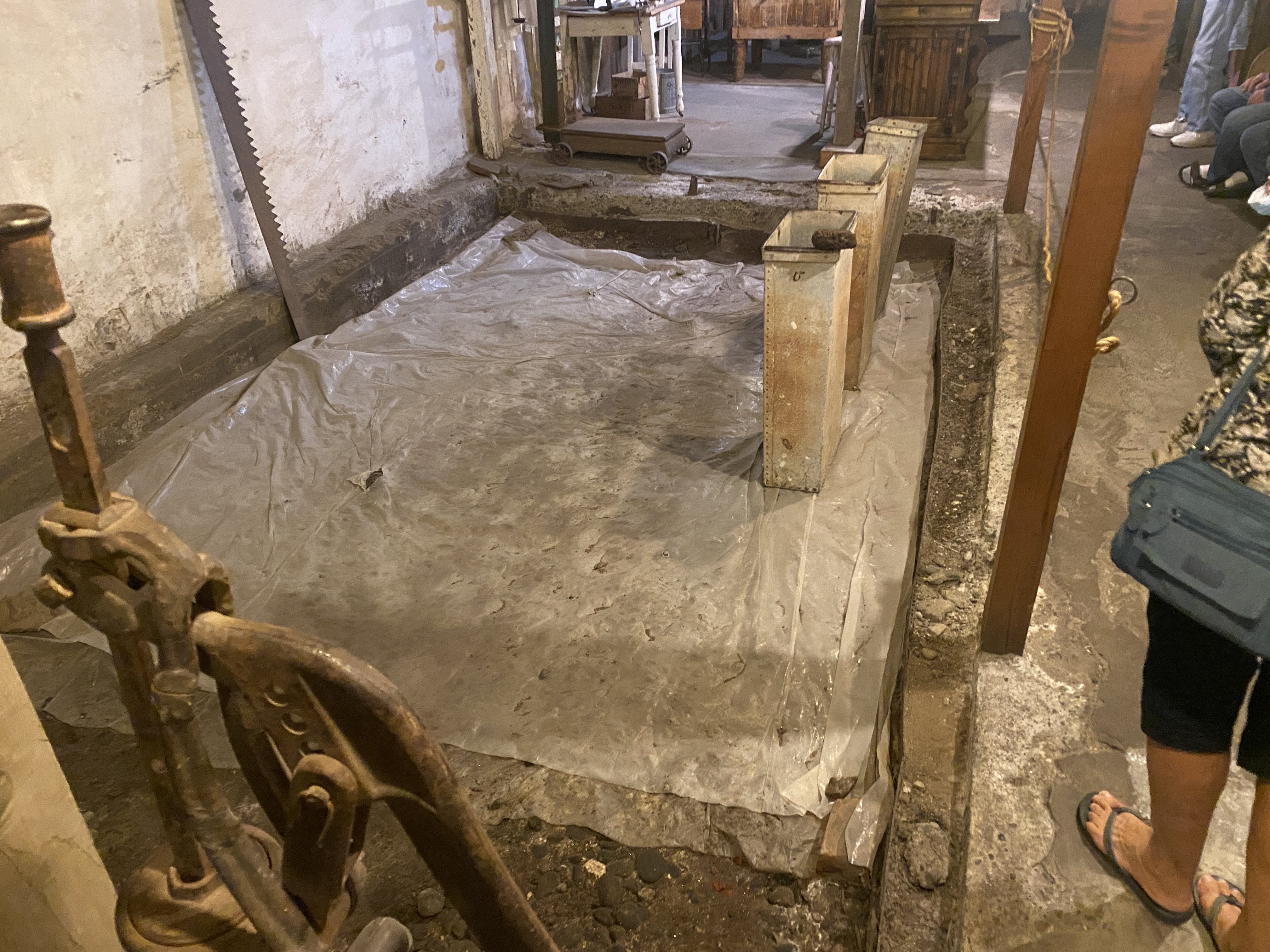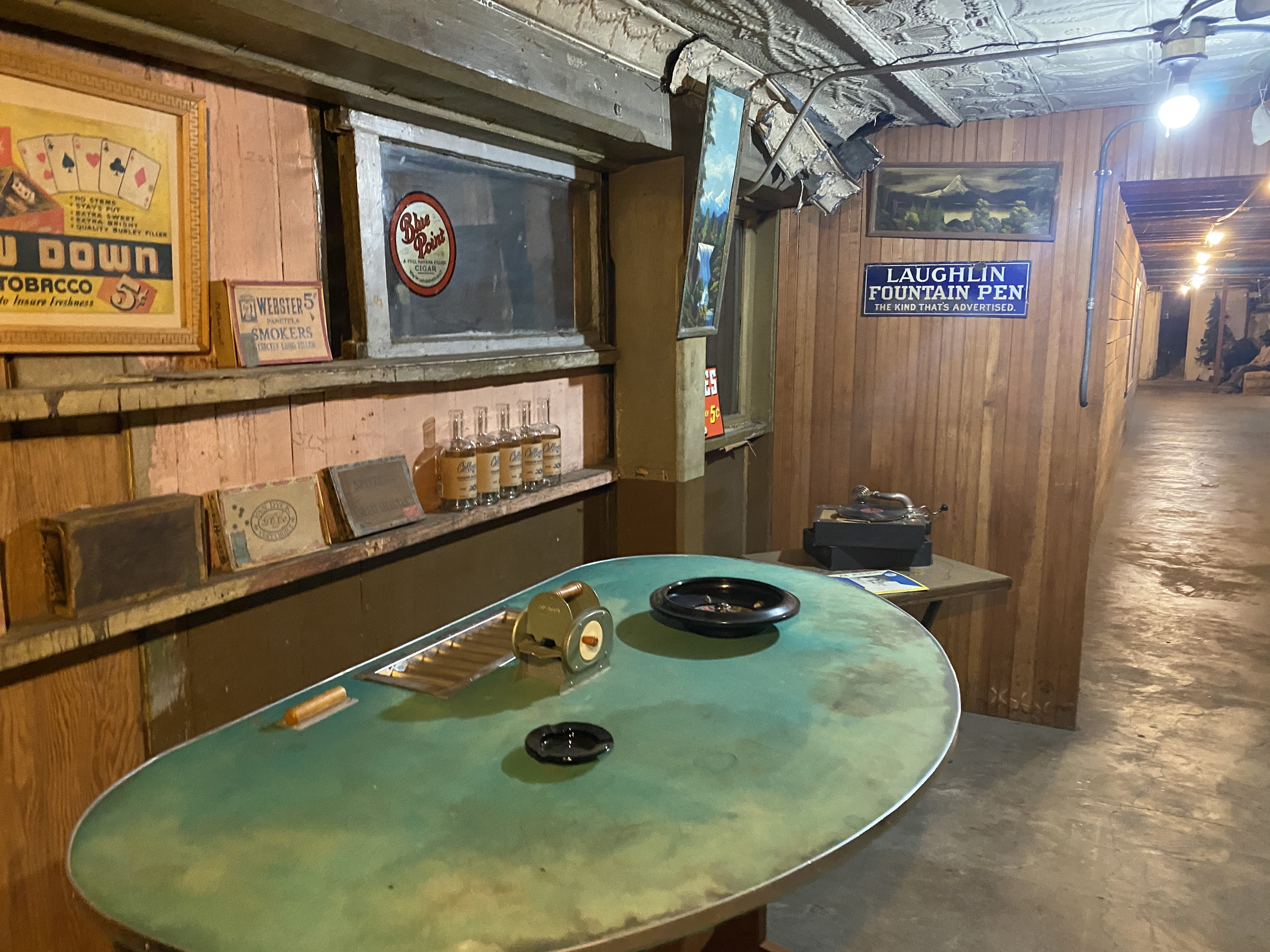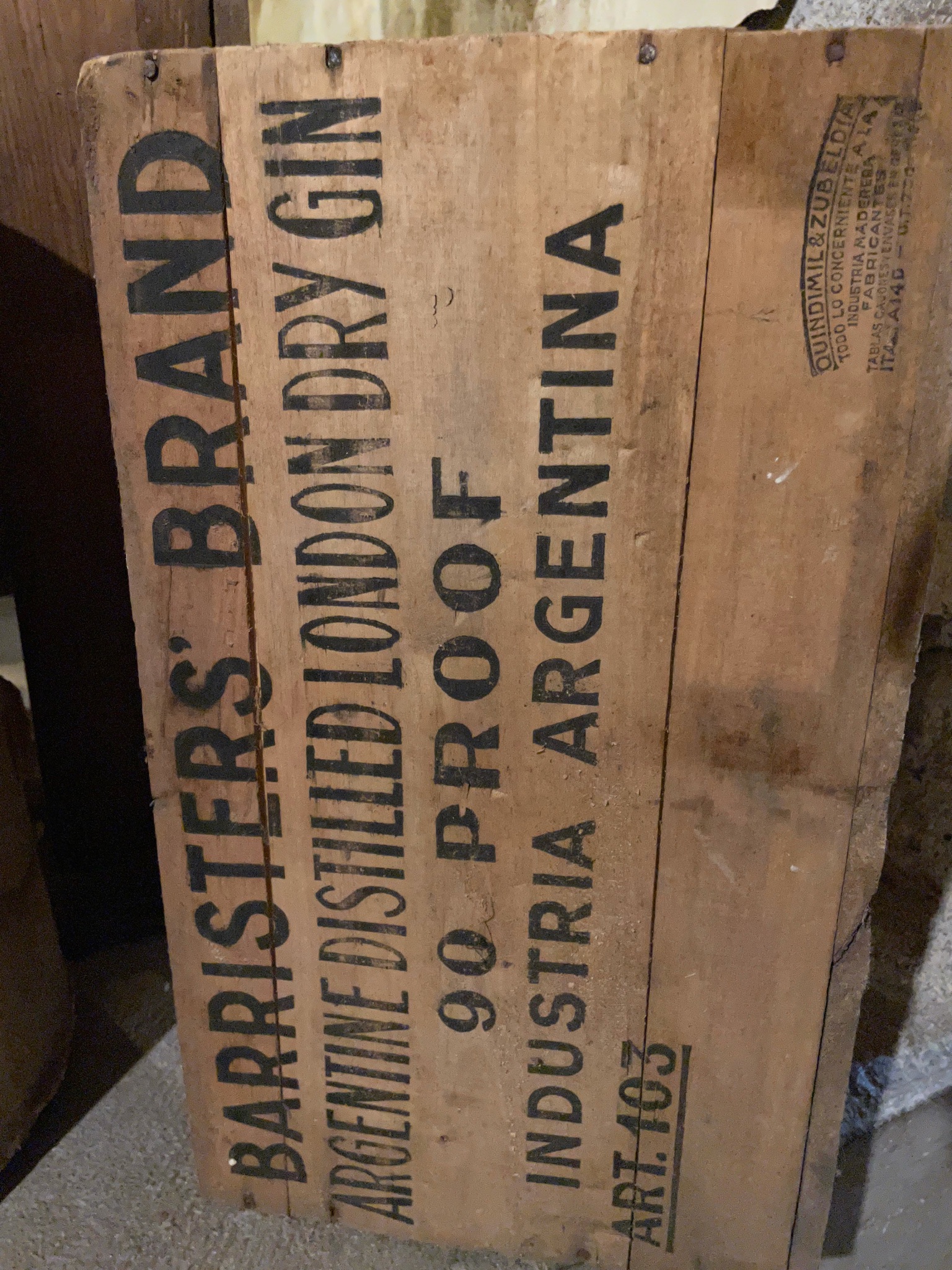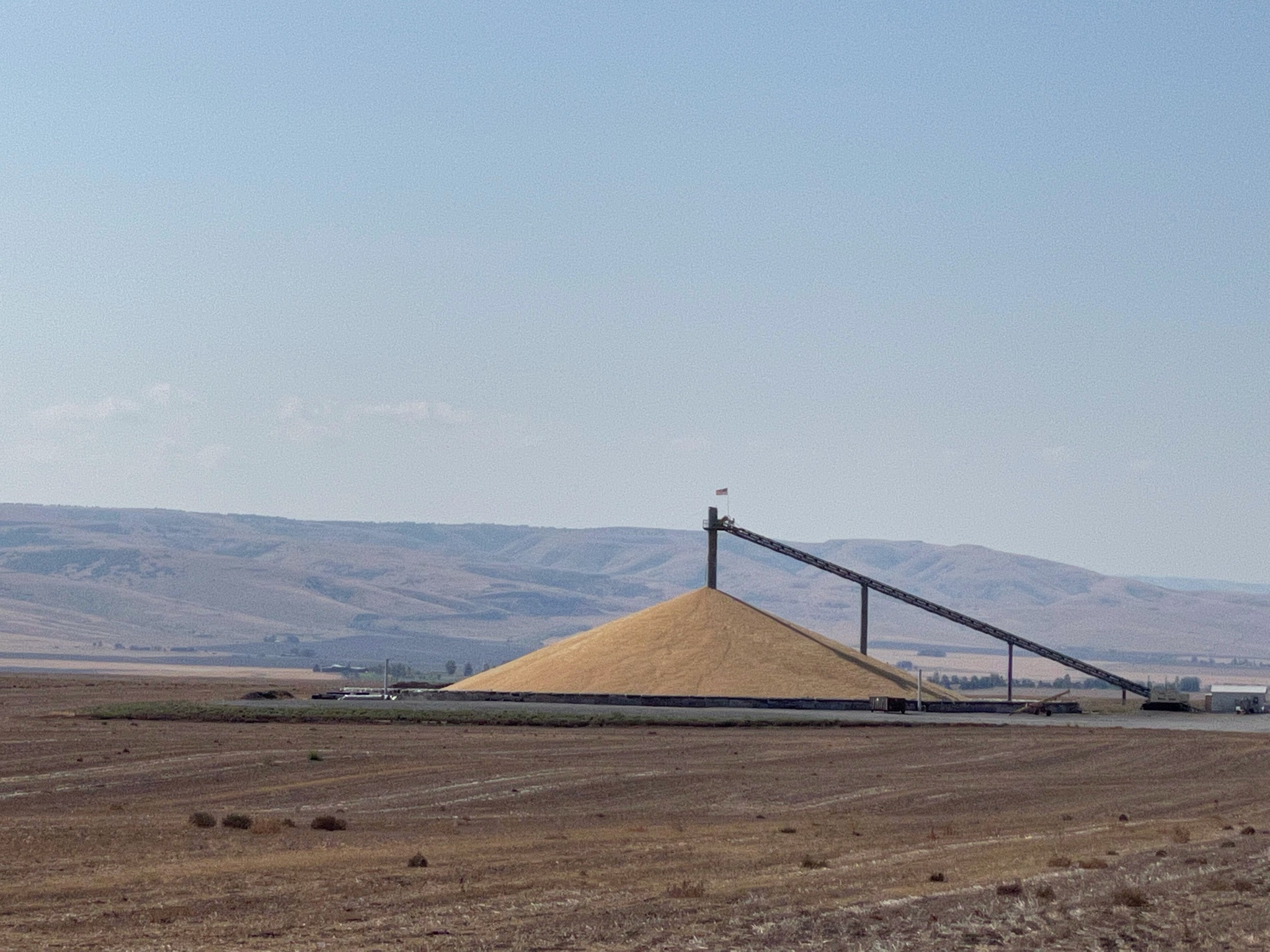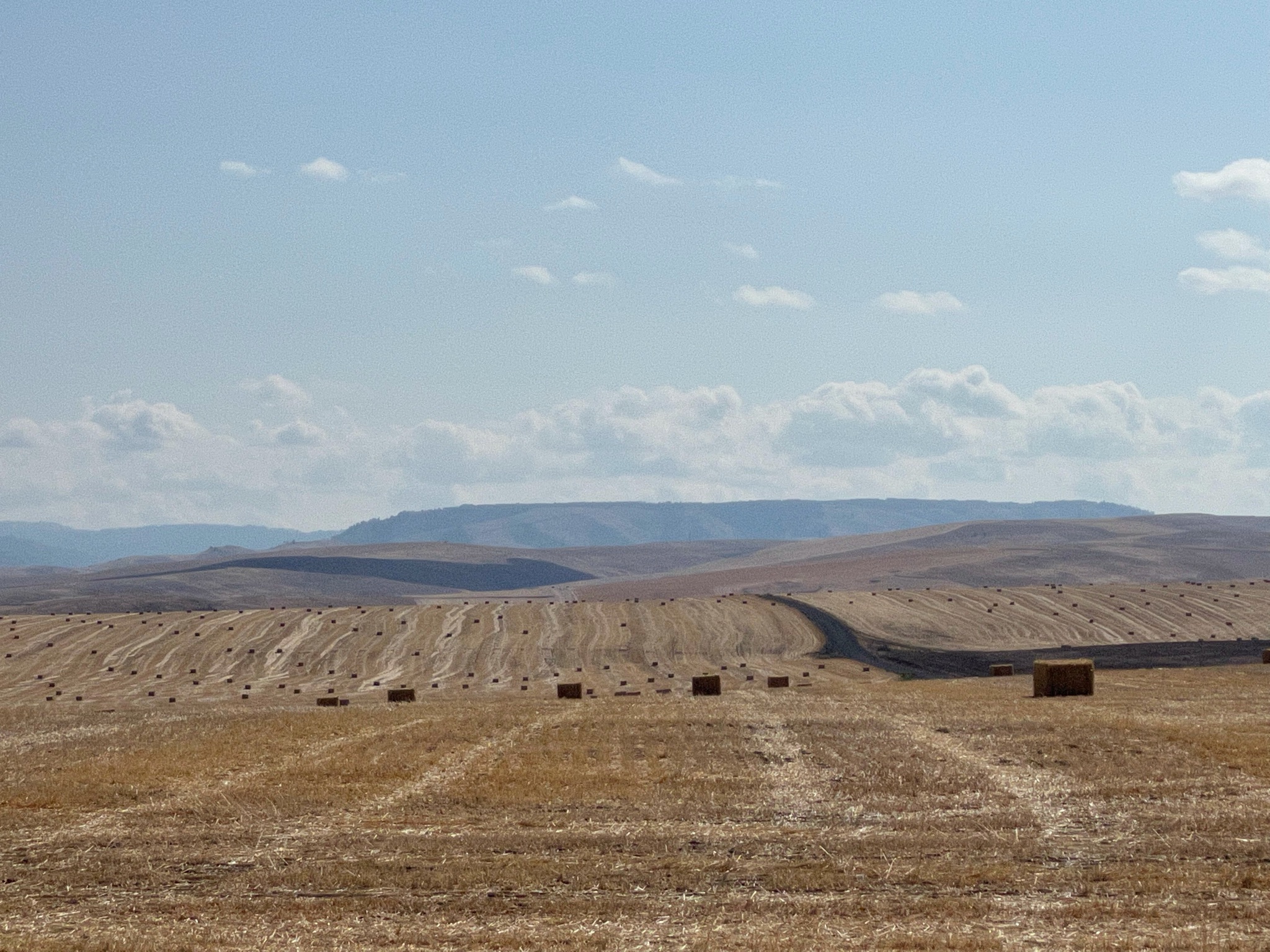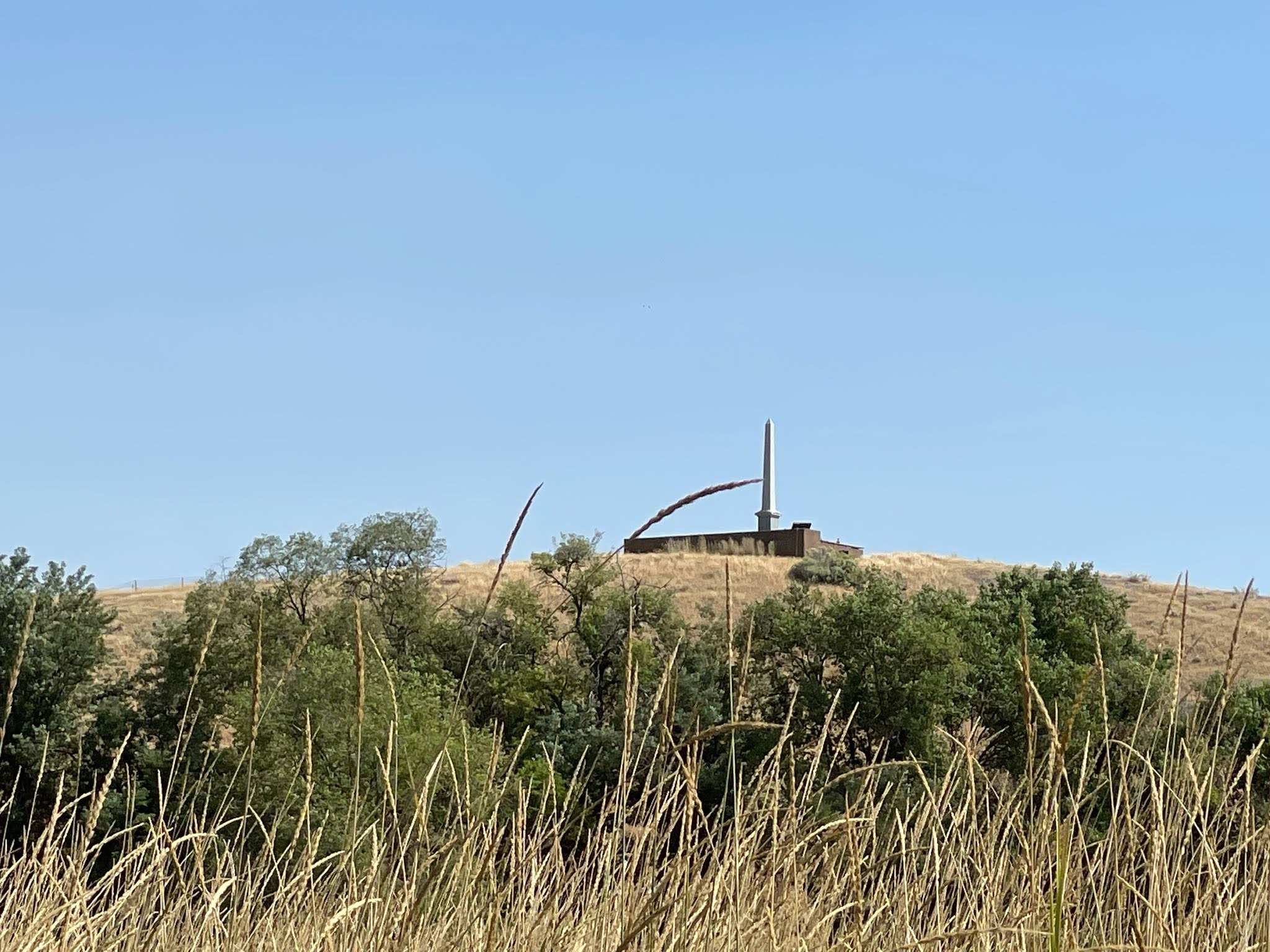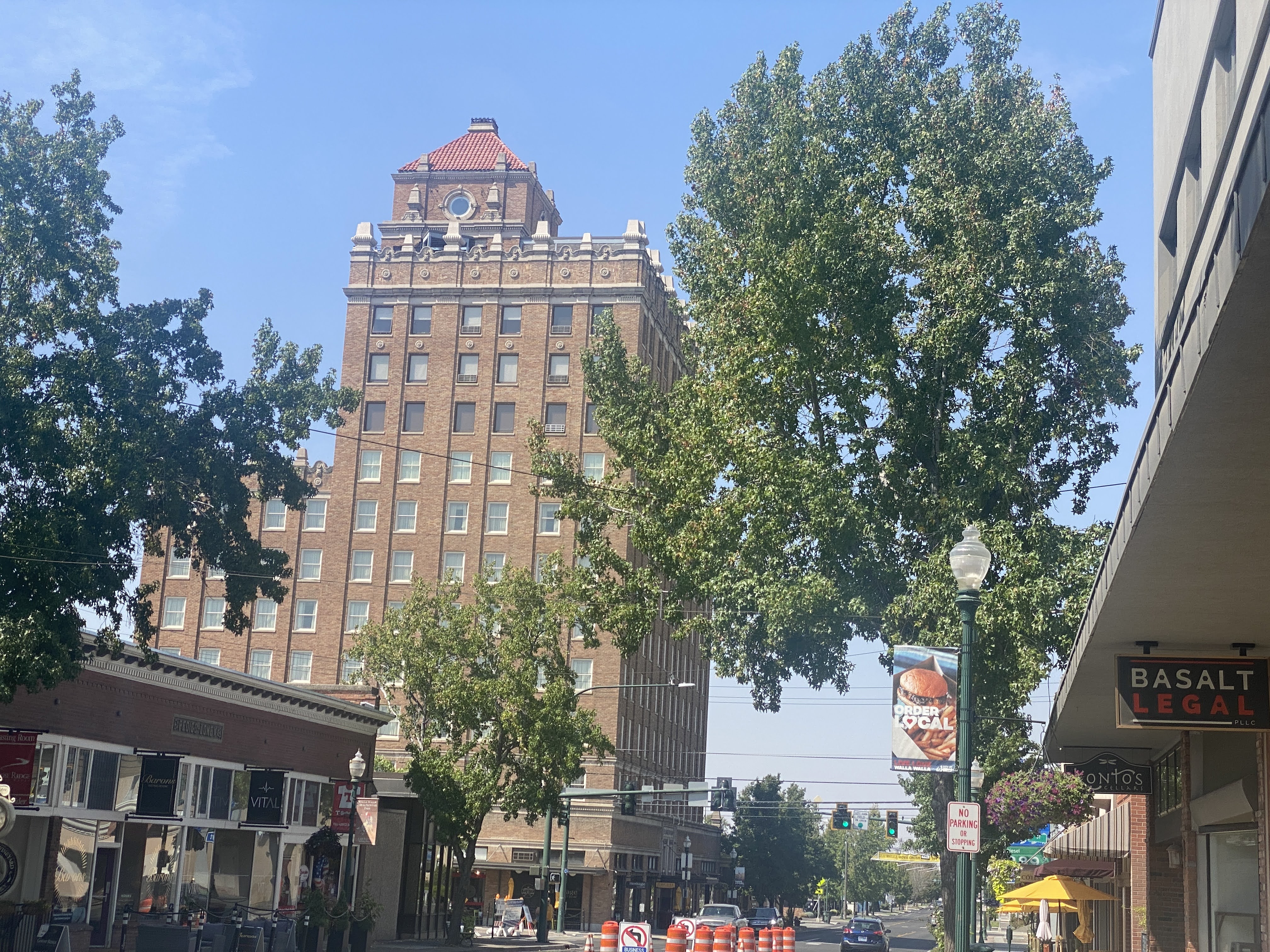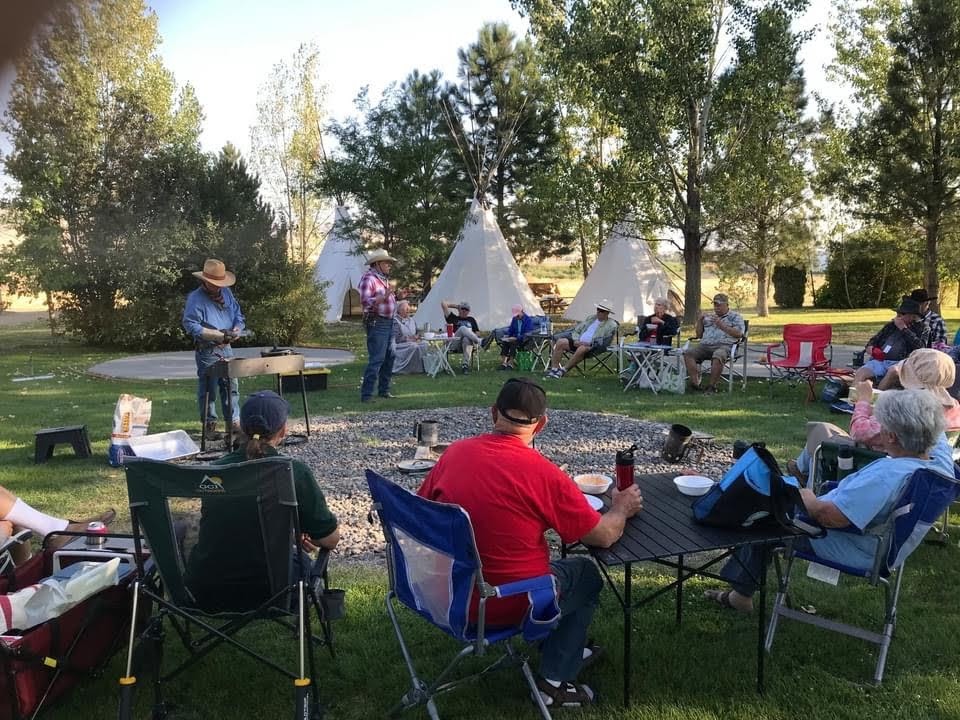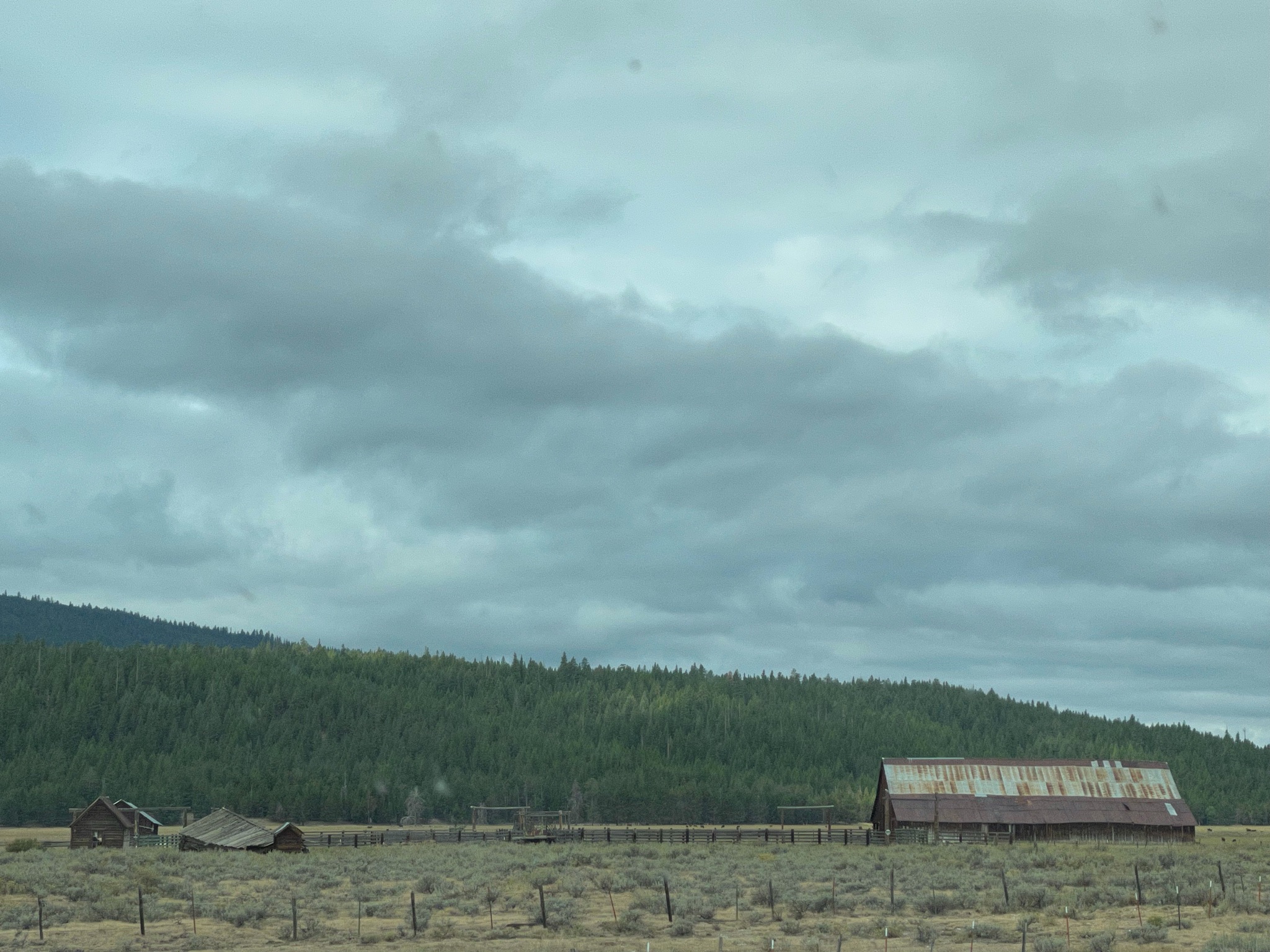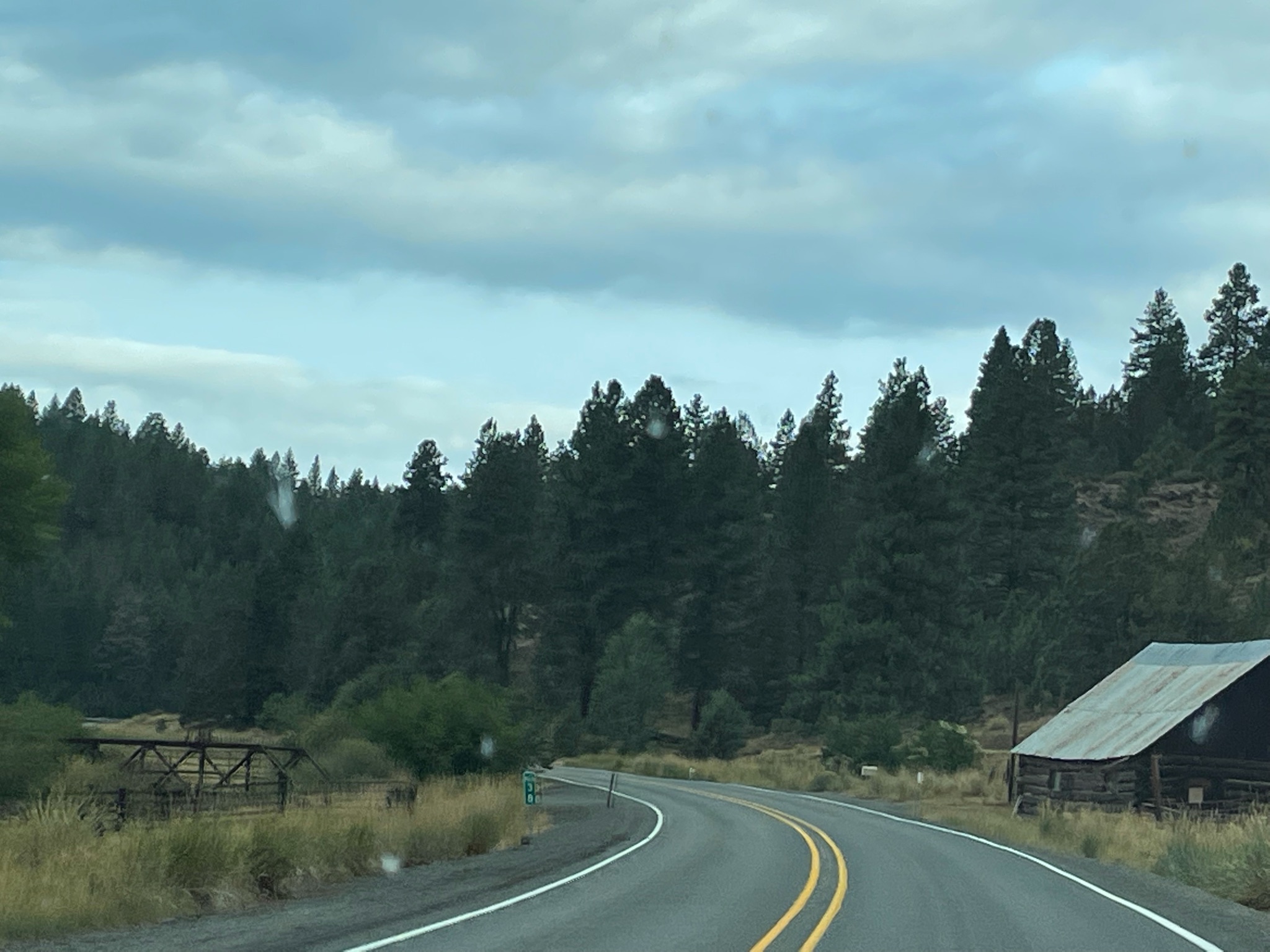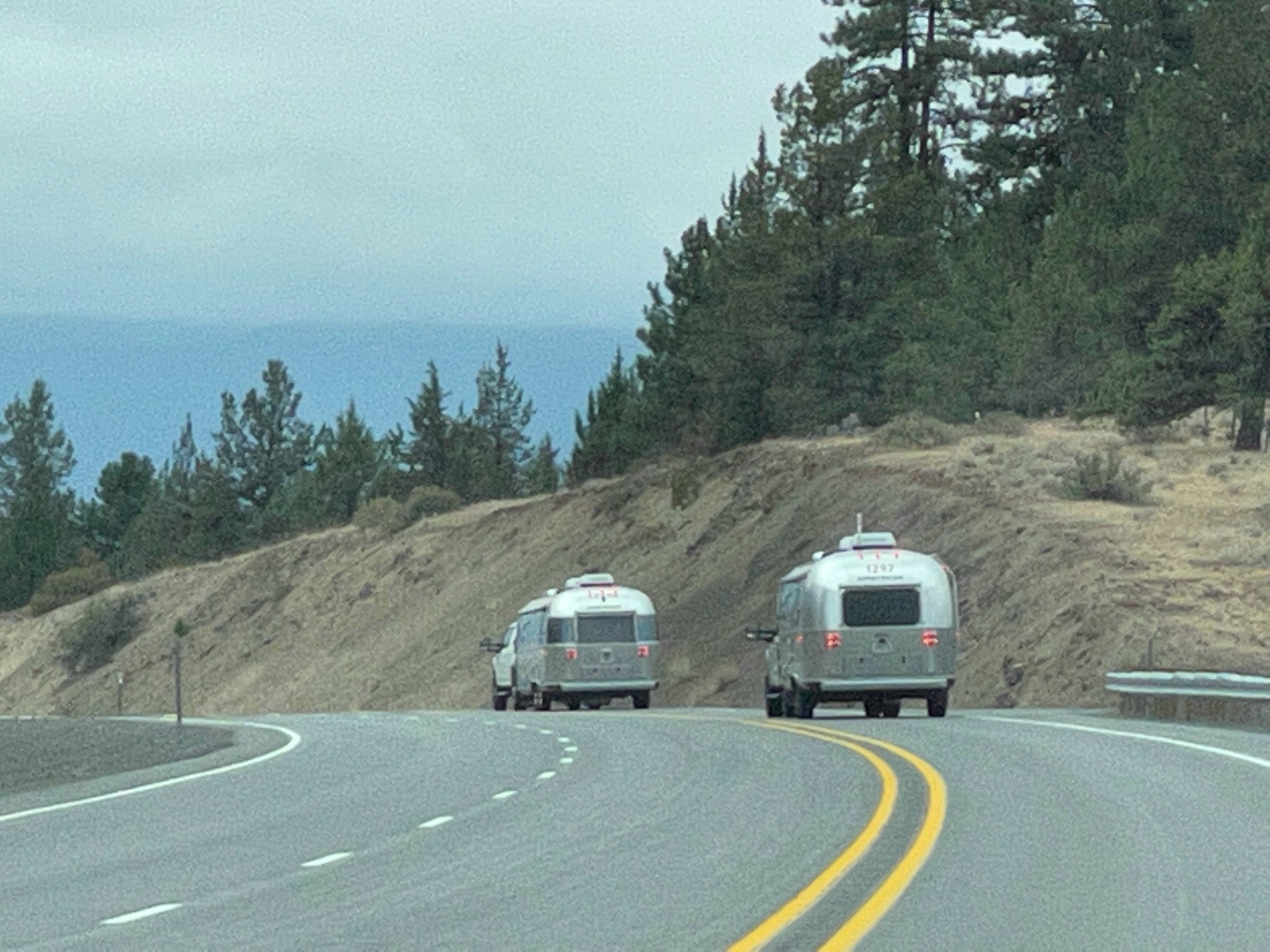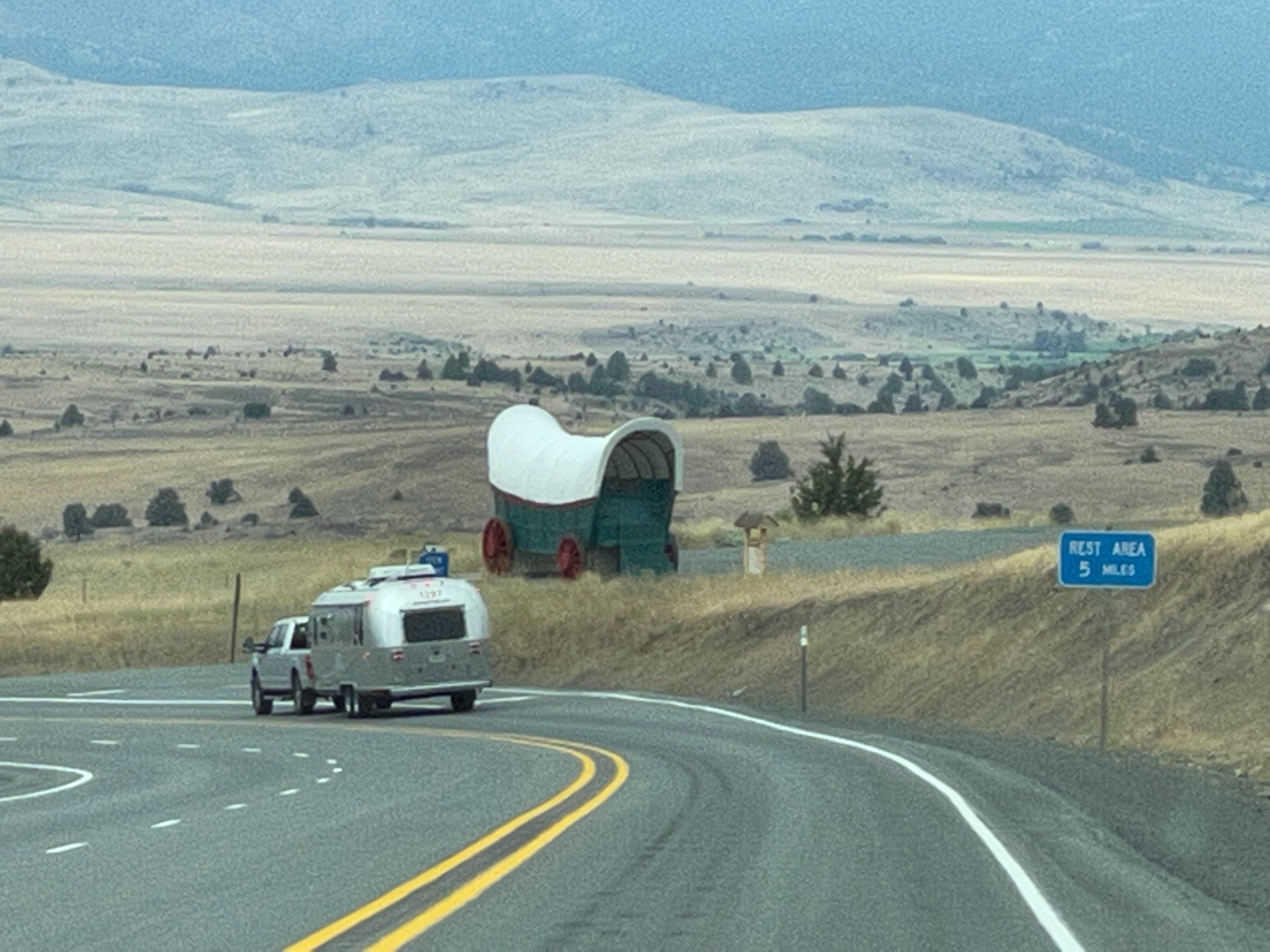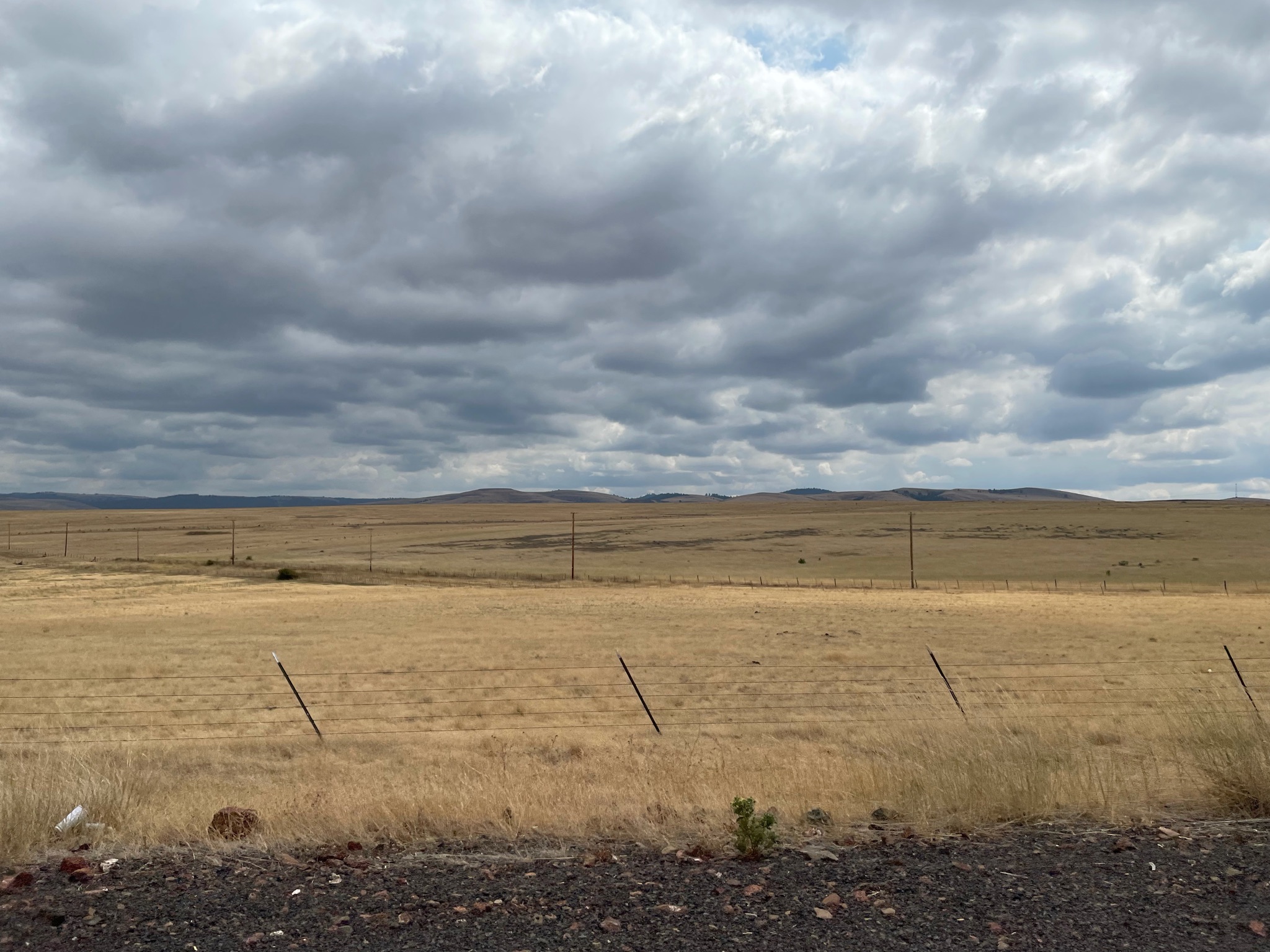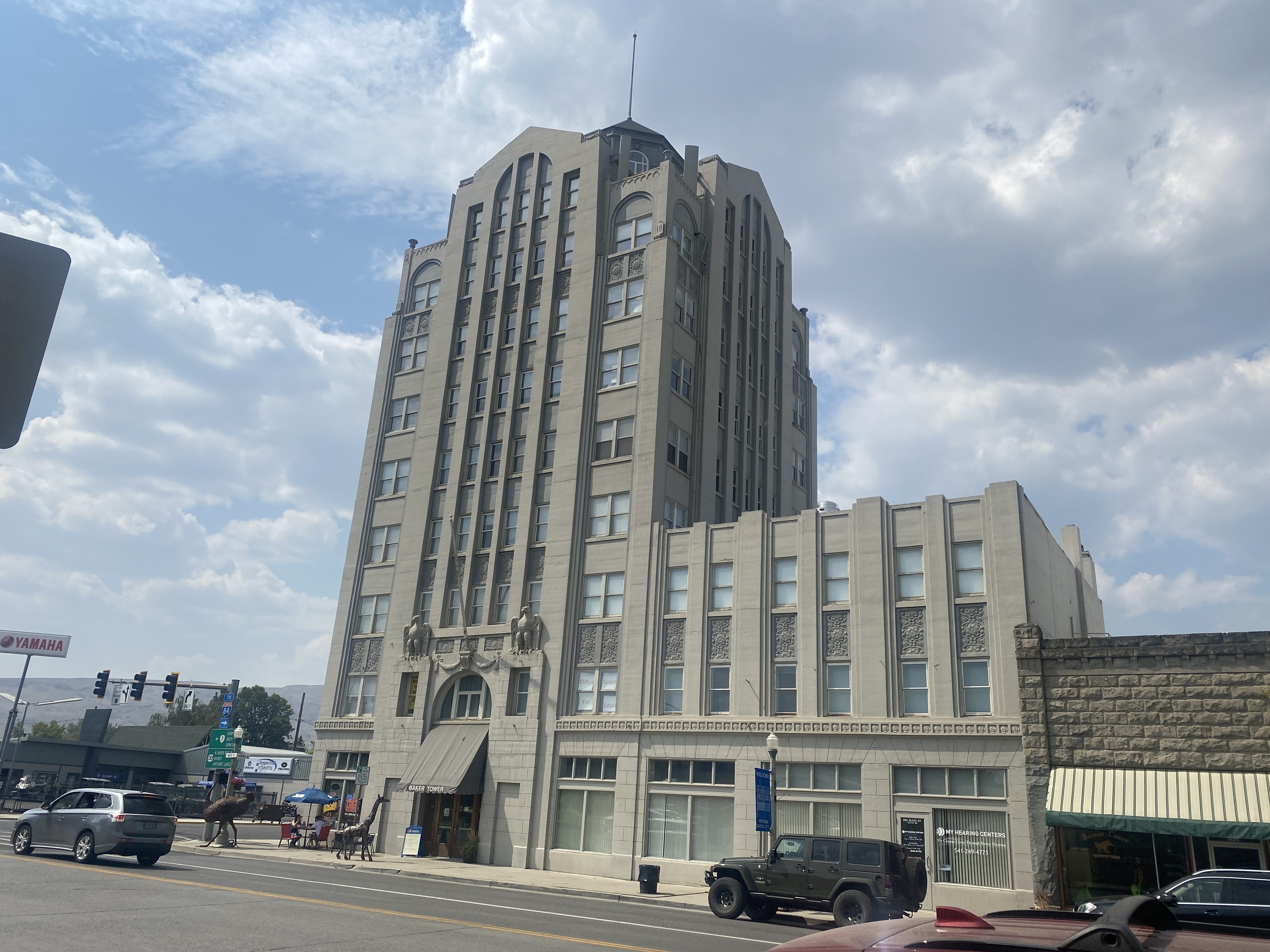We are heading home…
September 6; Labor Day…
Last day of summer! (Even though school started three weeks ago – it’s still summer!)
Our grandchildren enjoyed a day at the beach!
We left Puyallop and headed south…
The Columbia River never ceases to please…

Remember when I said one barge on the Columbia River holds enough grain to fill 160 railroad cars? Here is where the barges offload the grain, where it is loaded into the railroad cars…


Portland has some great bridges…

And we are set up at a very nice RV Park in Salem, OR.

With a beautiful sky…
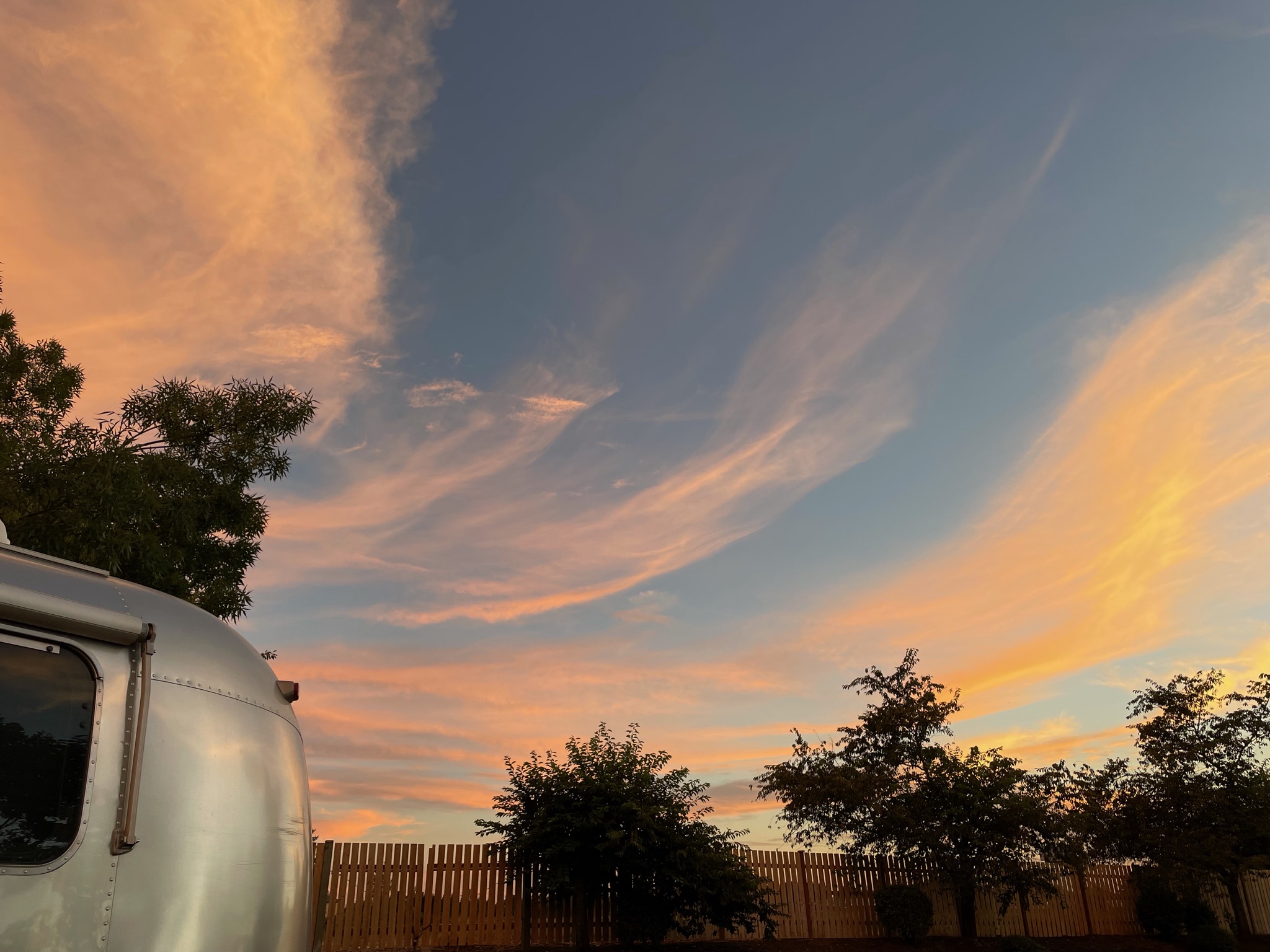
Tuesday, September 7:
We left early – we have a long day… The fog was a nice relief from the heat…

Wait! That’s not fog – it’s smoke!
There are four wildfires to the east of us, just over the hills… The whole length of the state…

At a rest stop we couldn’t see the mountains…
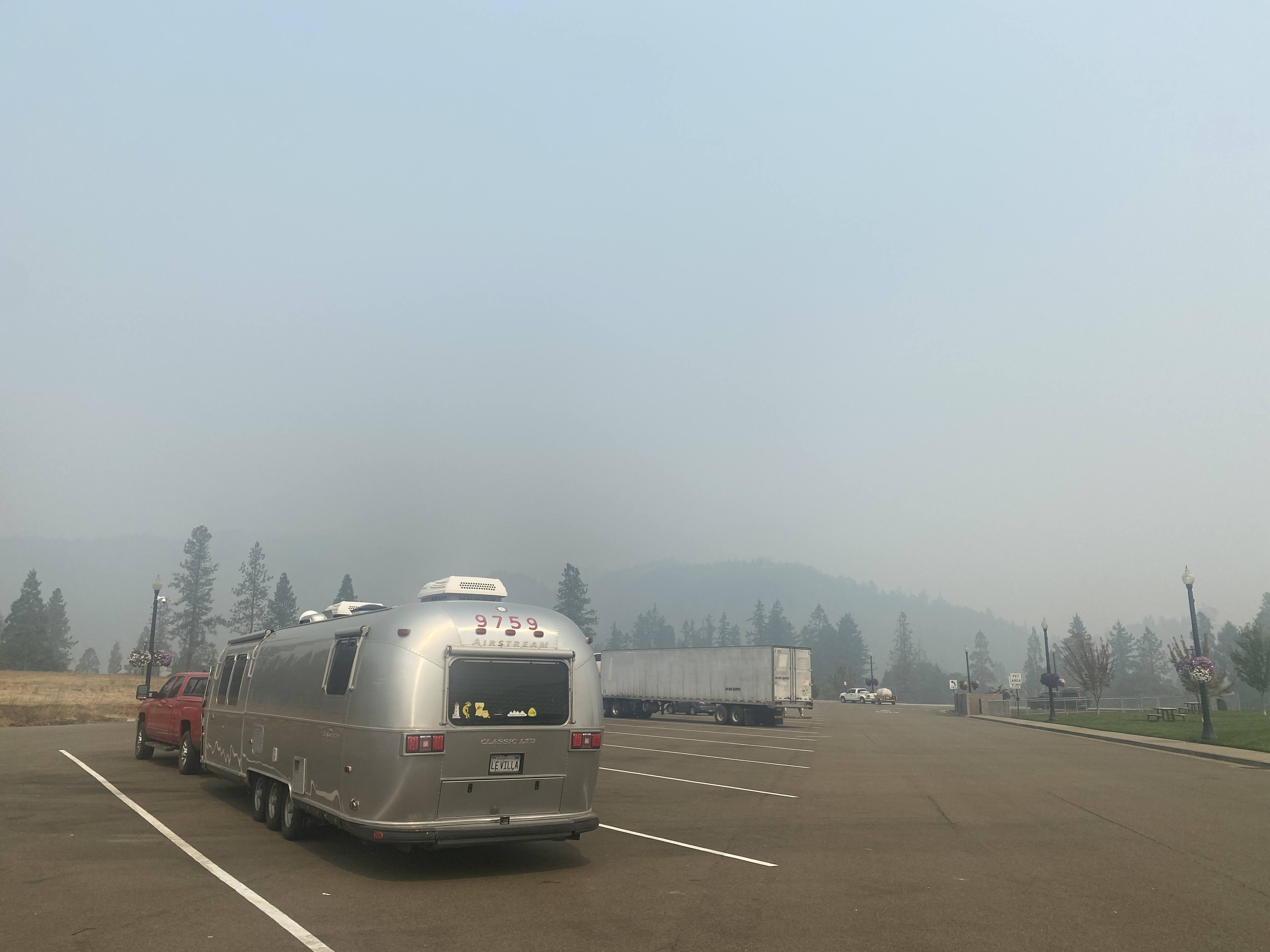

We passed through the delightful little town of Jacksonville, OR, located about 20 miles off the 5, west of Medford… We found out camping spot for the night – Valley View Winery, part of the Harvest Host program…



Still a little smoky…

We were the gusts for dinner at old Airstream friends who live a few miles from the winery… They lave 7 acres and a lovely house overlooking the Applegate River…
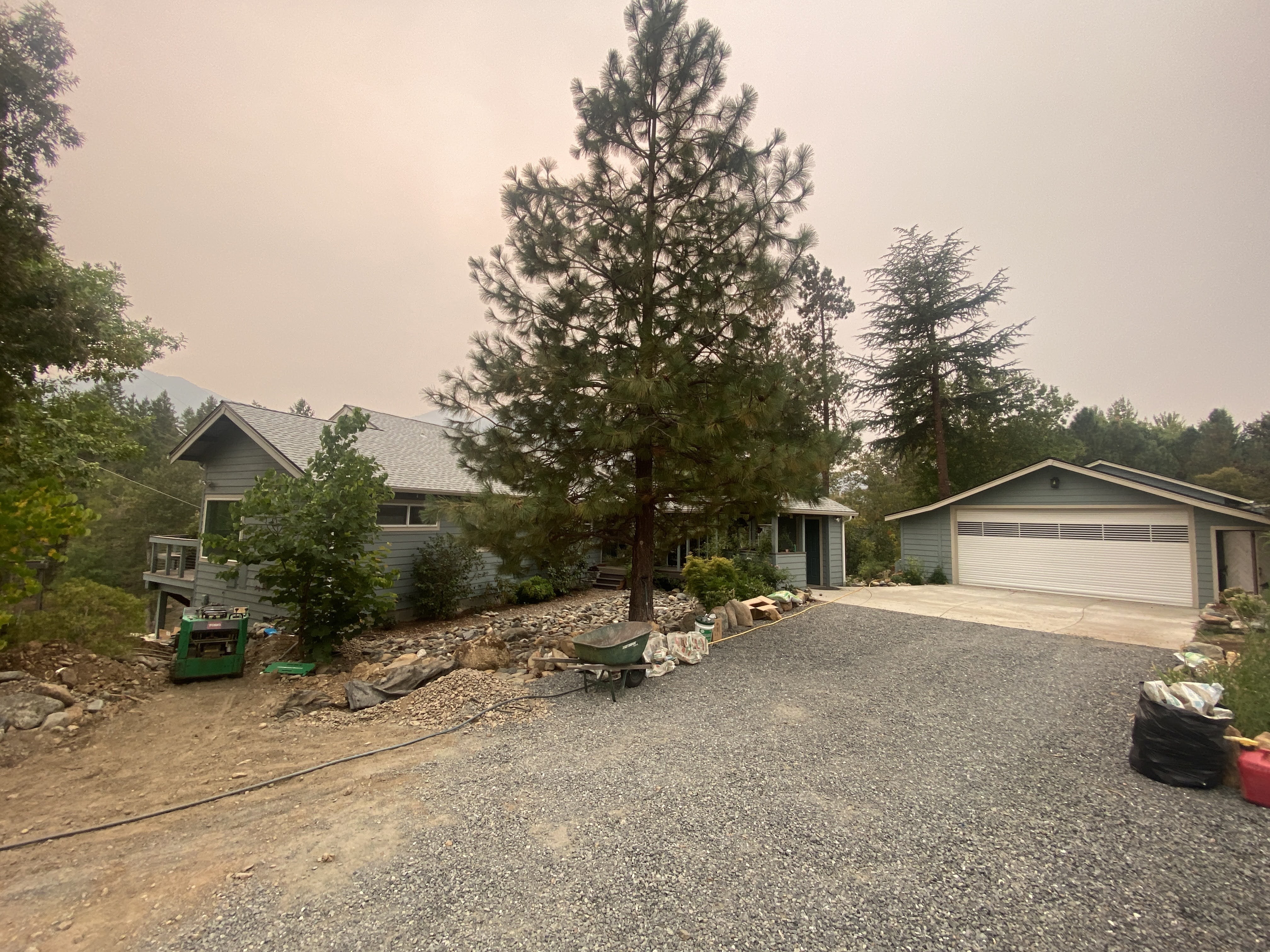
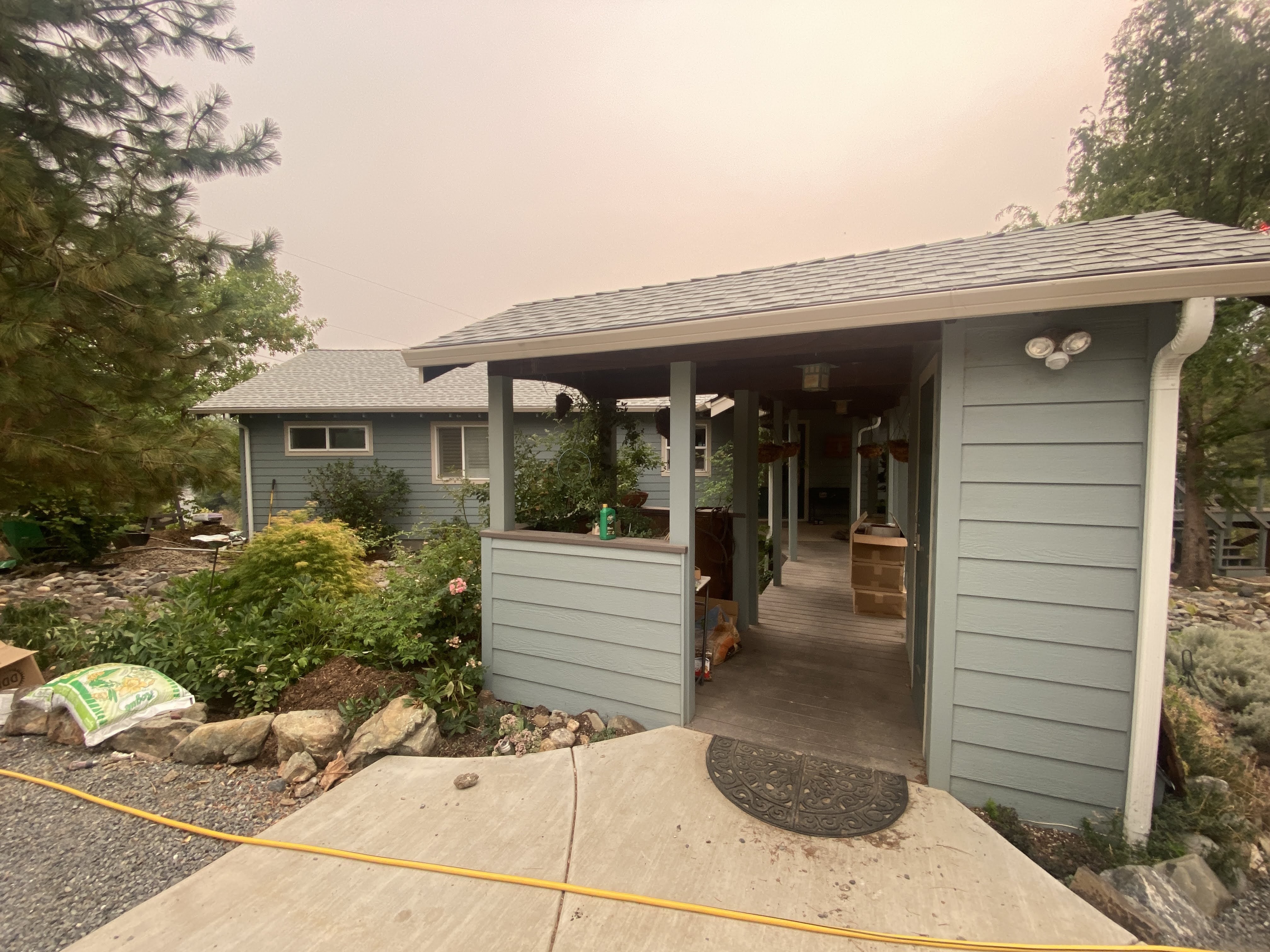

Fiery sunset over the river…

After a lovely dinner we returned to the Villa…
Wednesday, September 8:
As we left the winey in the morning we found a few wild turkeys…

We soon returned to California! Yay!
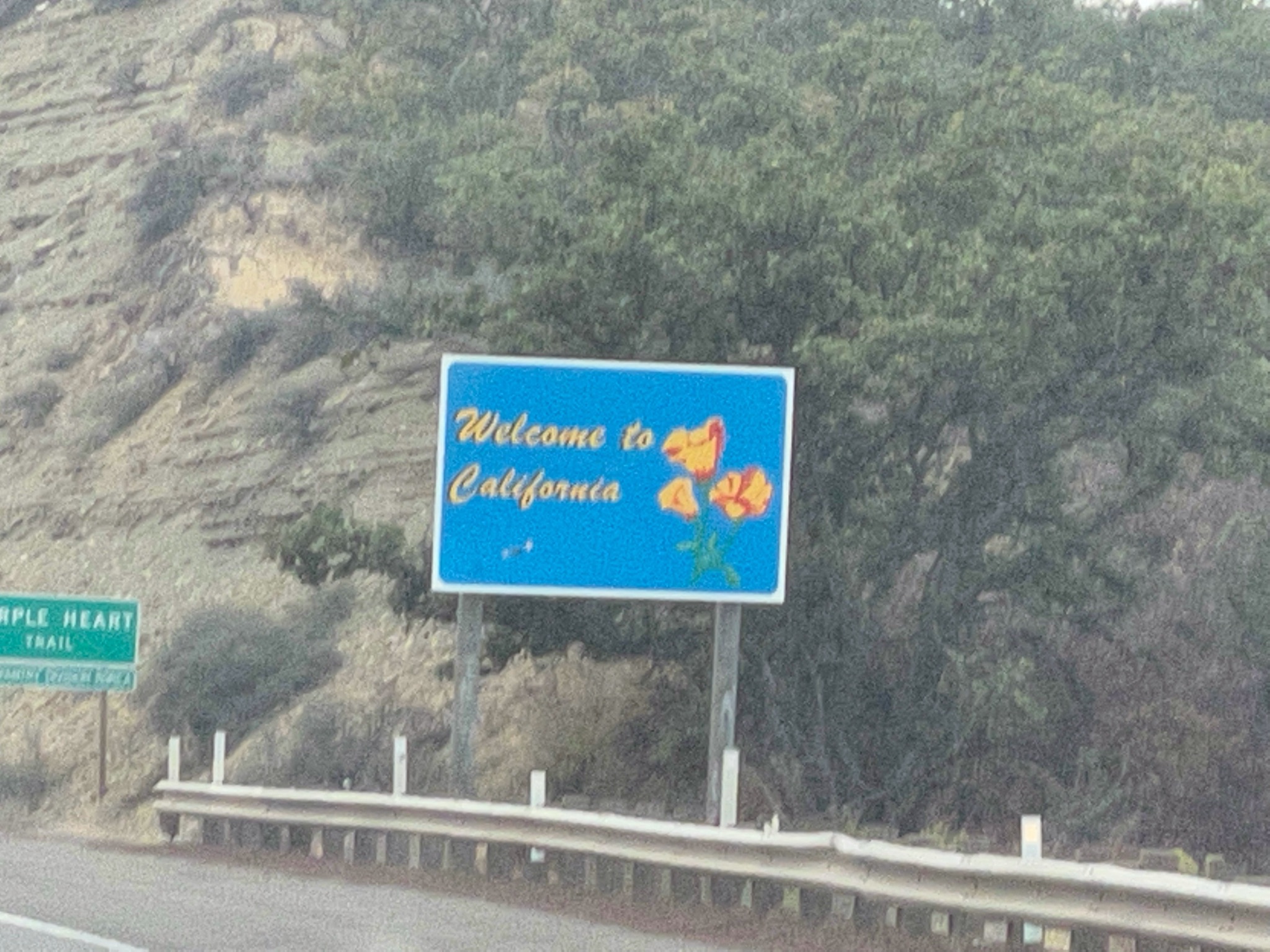
We saw lots of evidence of last year’s fires…
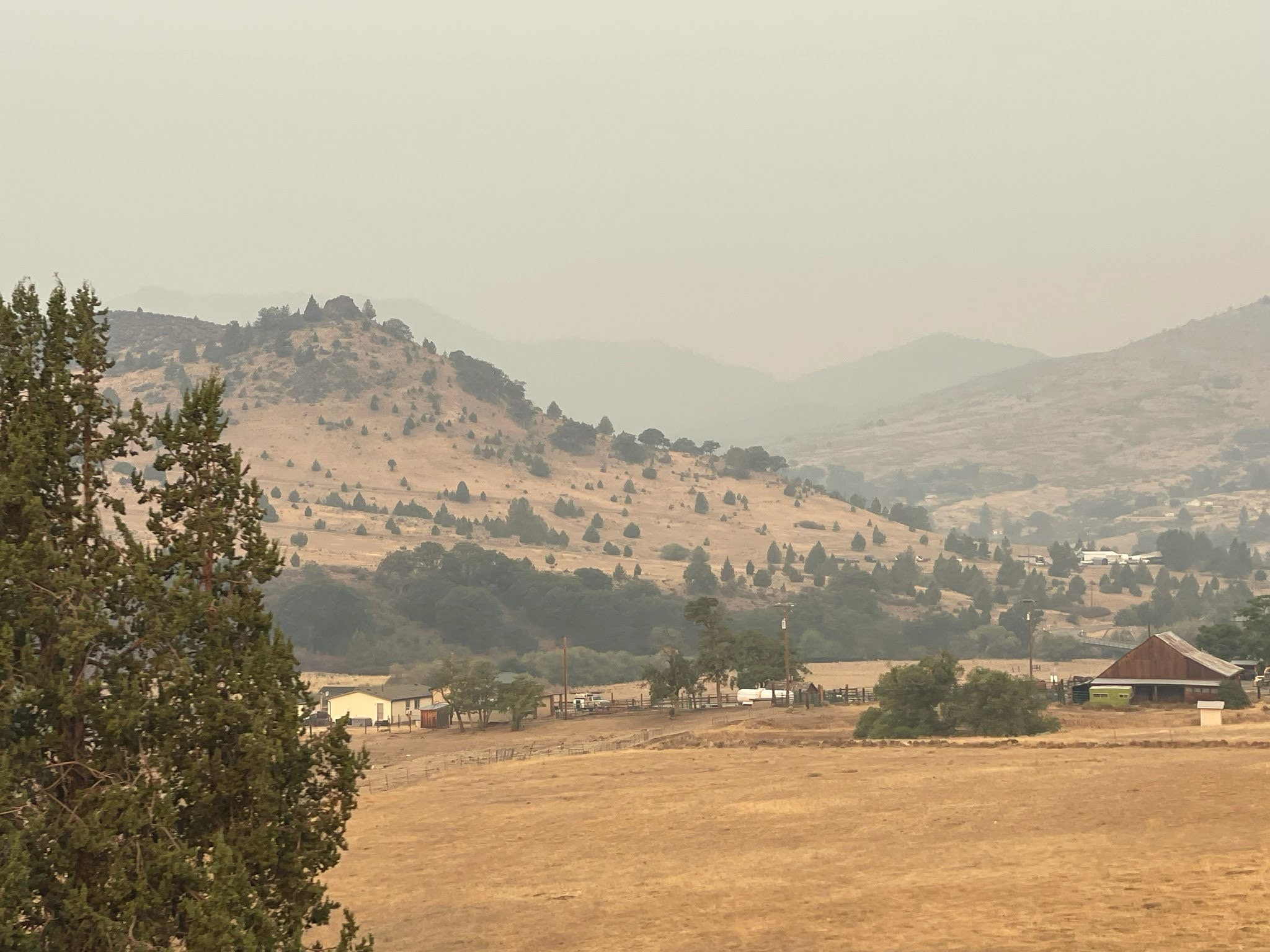

And we had some more smoke as well…

But soon the skies cleared as we approached Clear Lake…
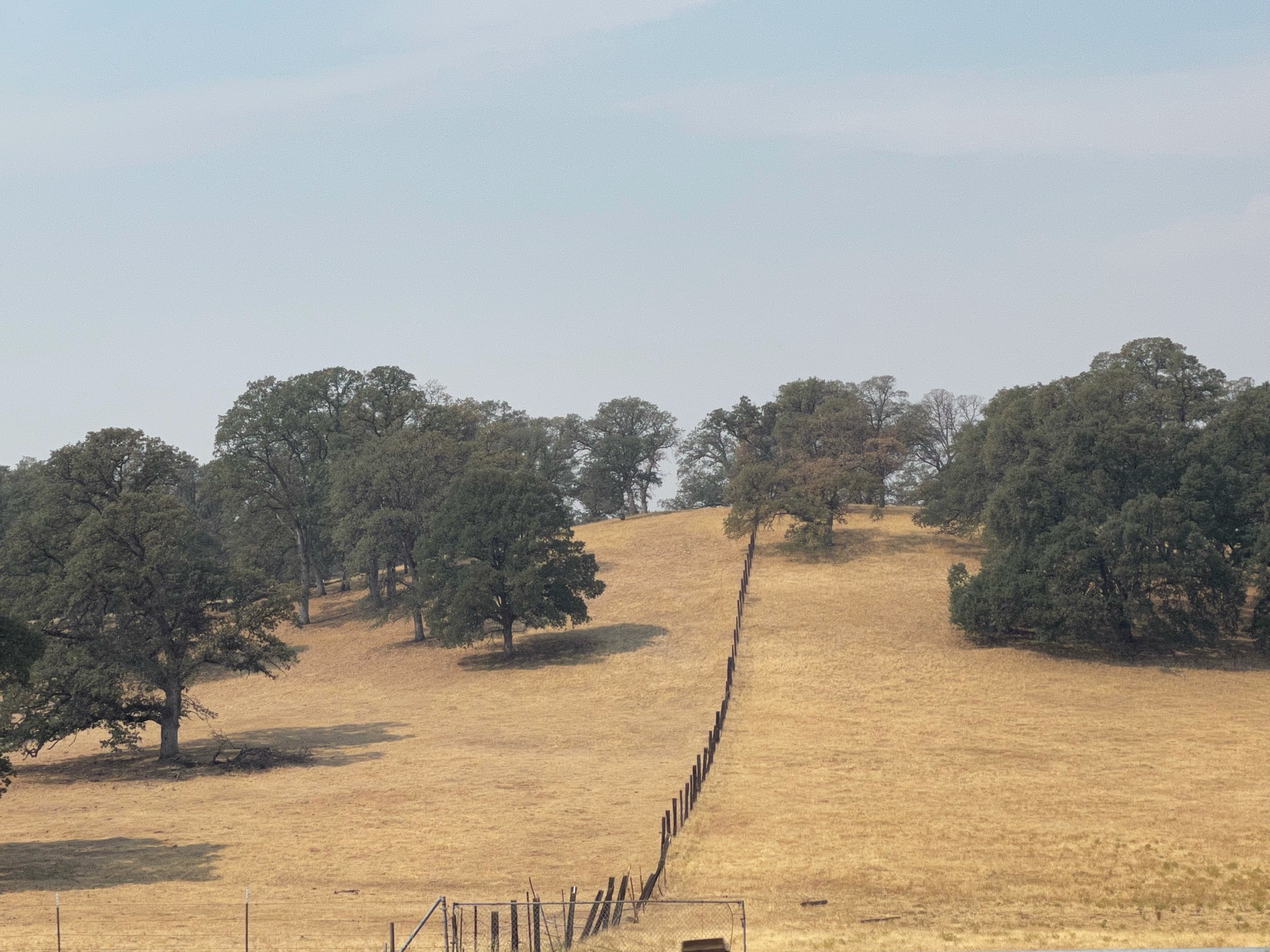


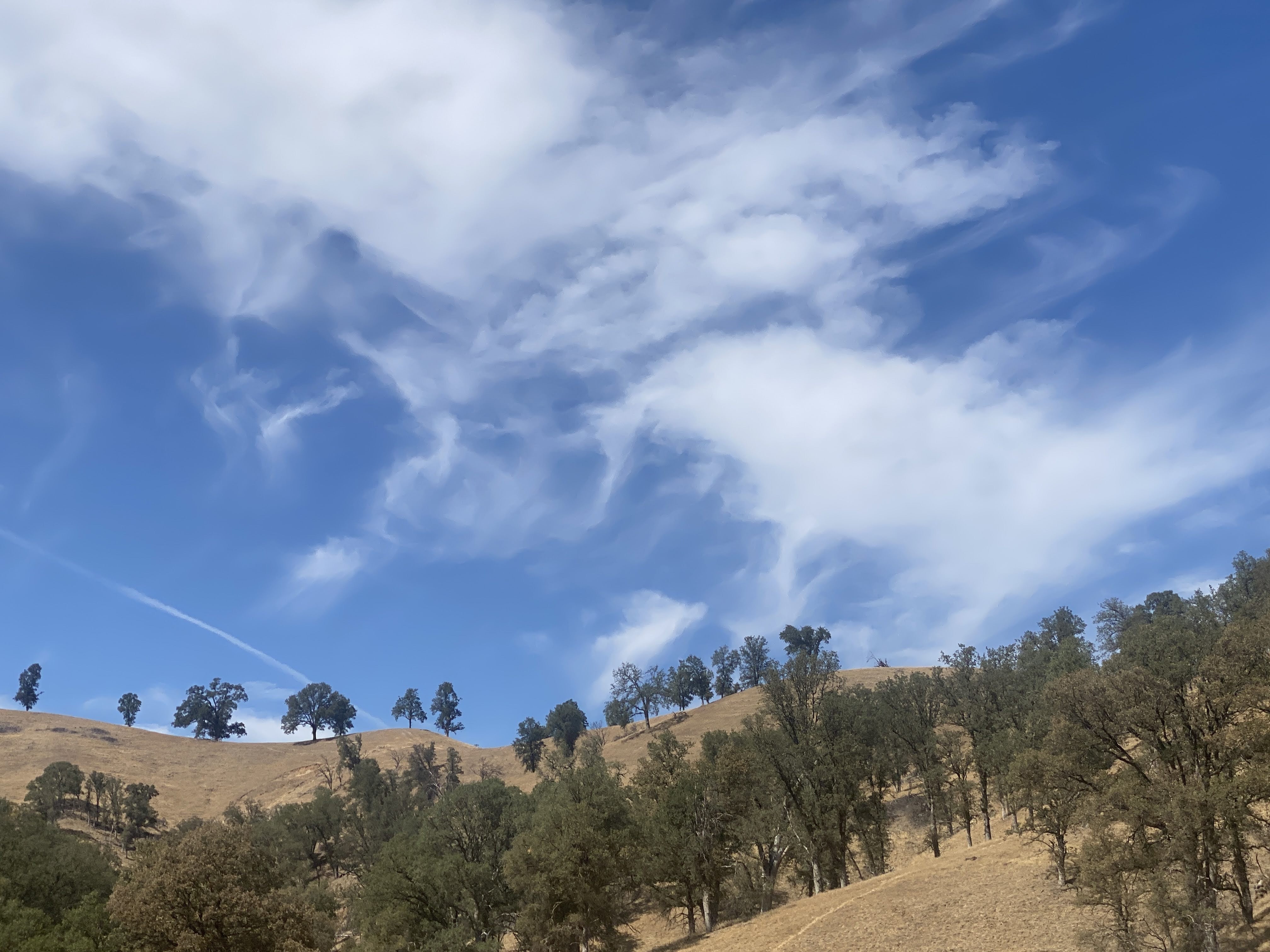
After a tortuous drive over Hwy 175 we arrived in Cloverdale in time for a lovely sunset sky…


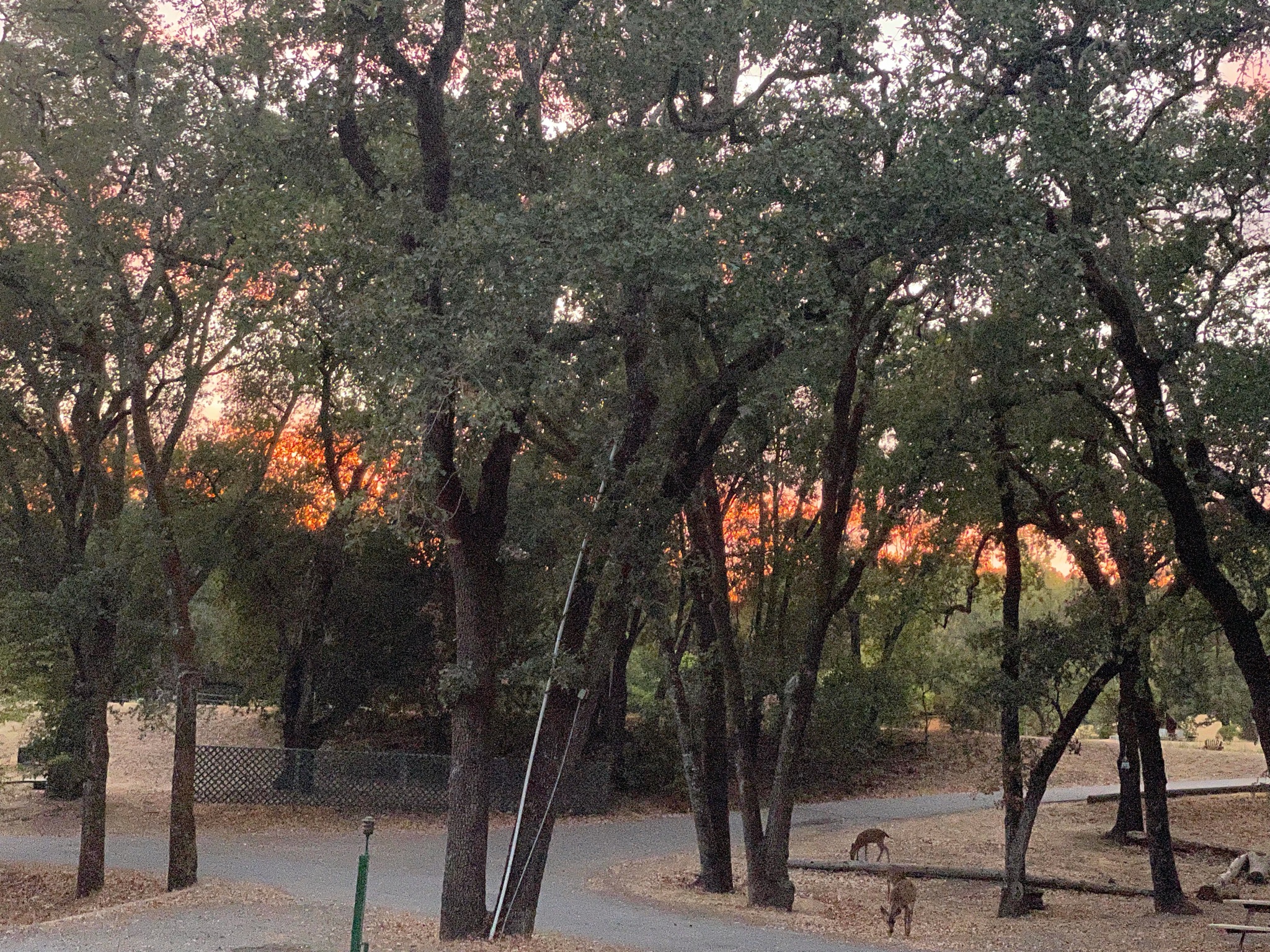
Thursday, September 9:
We awoke to clear skies and headed down the road…
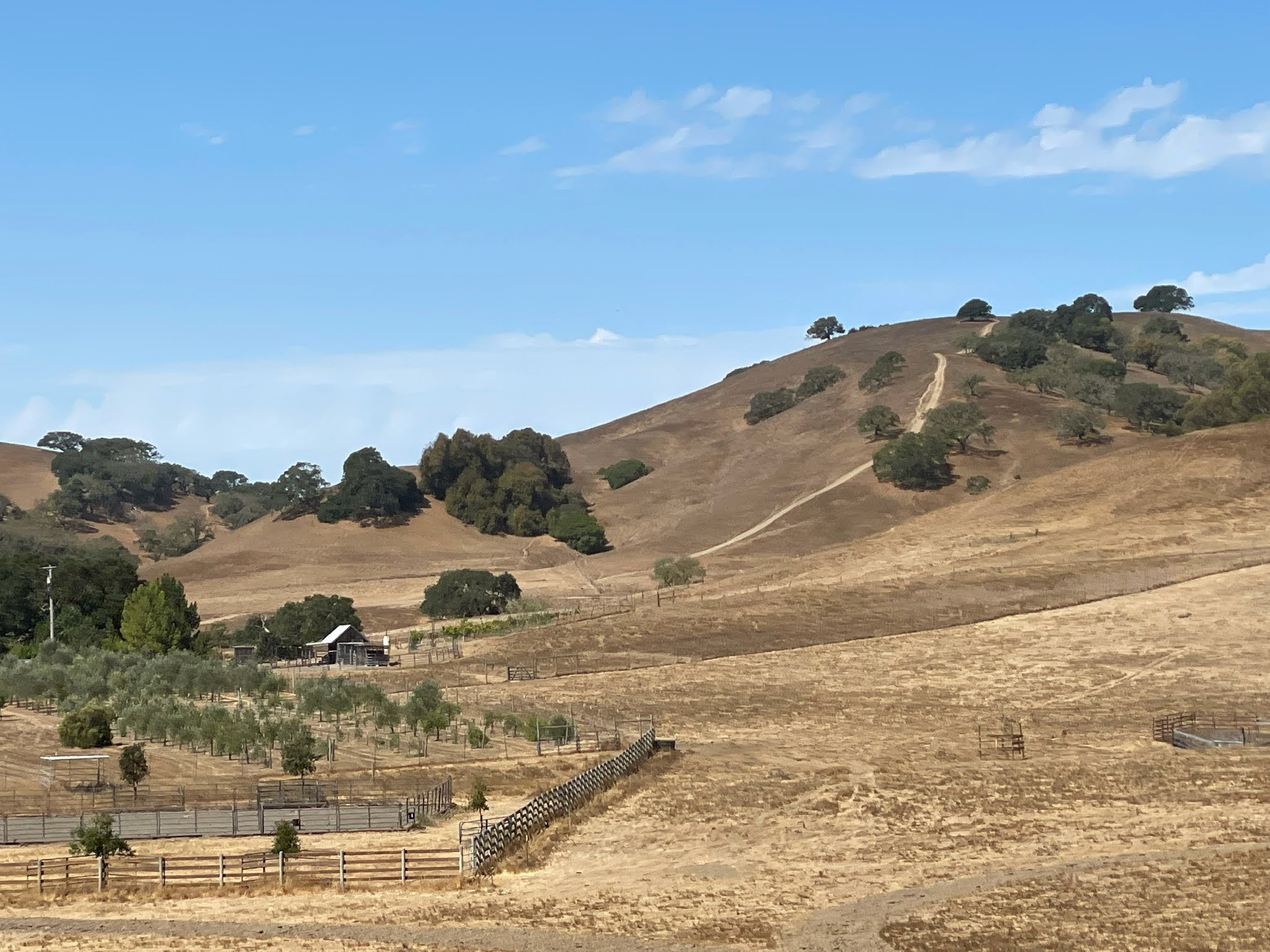
We crossed over the Richmond bridge and the San Francisco Bay…

Still a little smoggy, but we could see the Golden Gate Bridge…

Still a little smoggy, but we could make out the city skyline…

Oakland is noted for its giant cargo container cranes…

And downtown Oakland is looking good…

BART running past us… We love cities!

We arrived at our RV park in Marina, just outside Monterey…
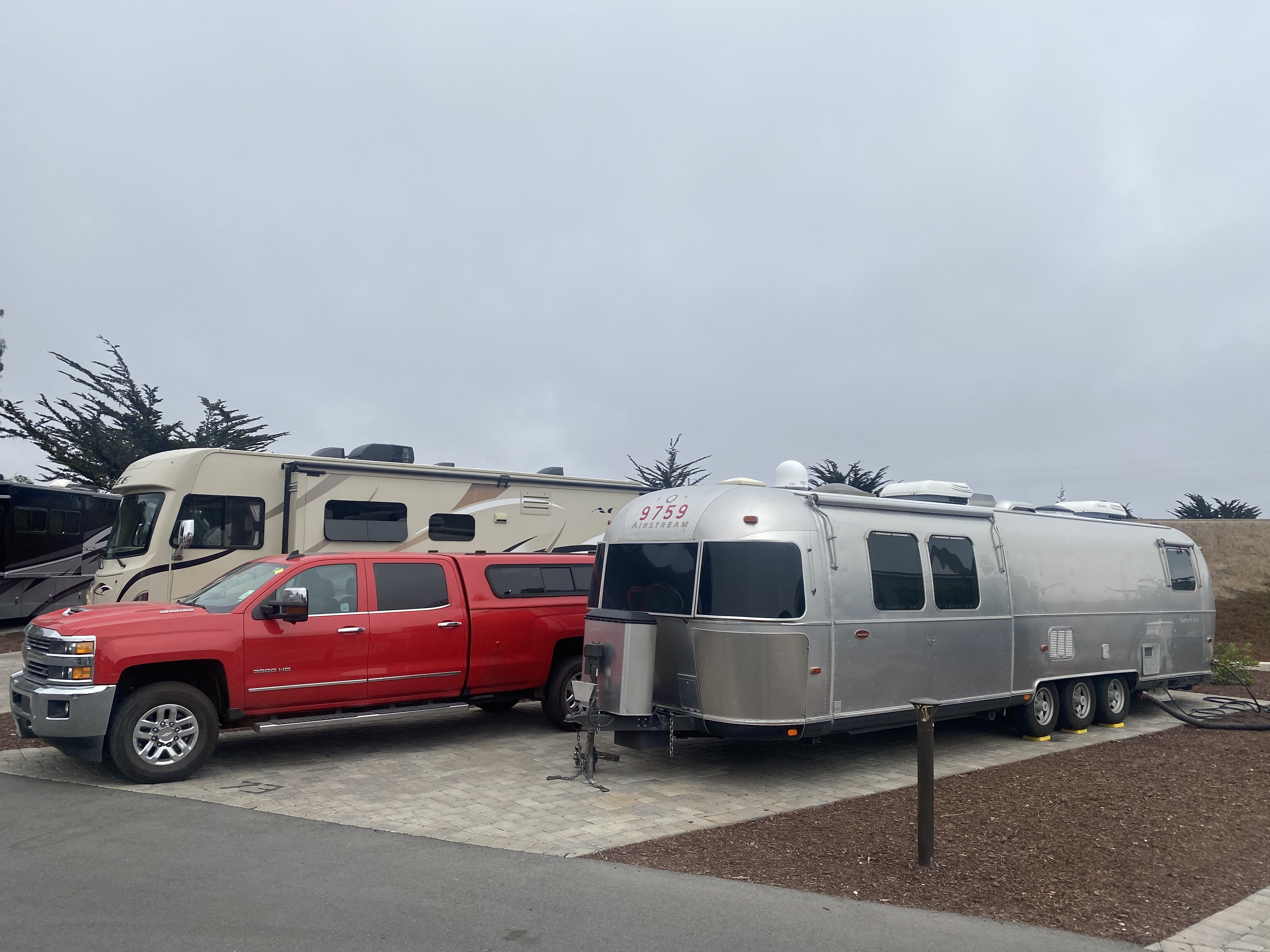
We drove into Carmel to stroll the town before dinner…
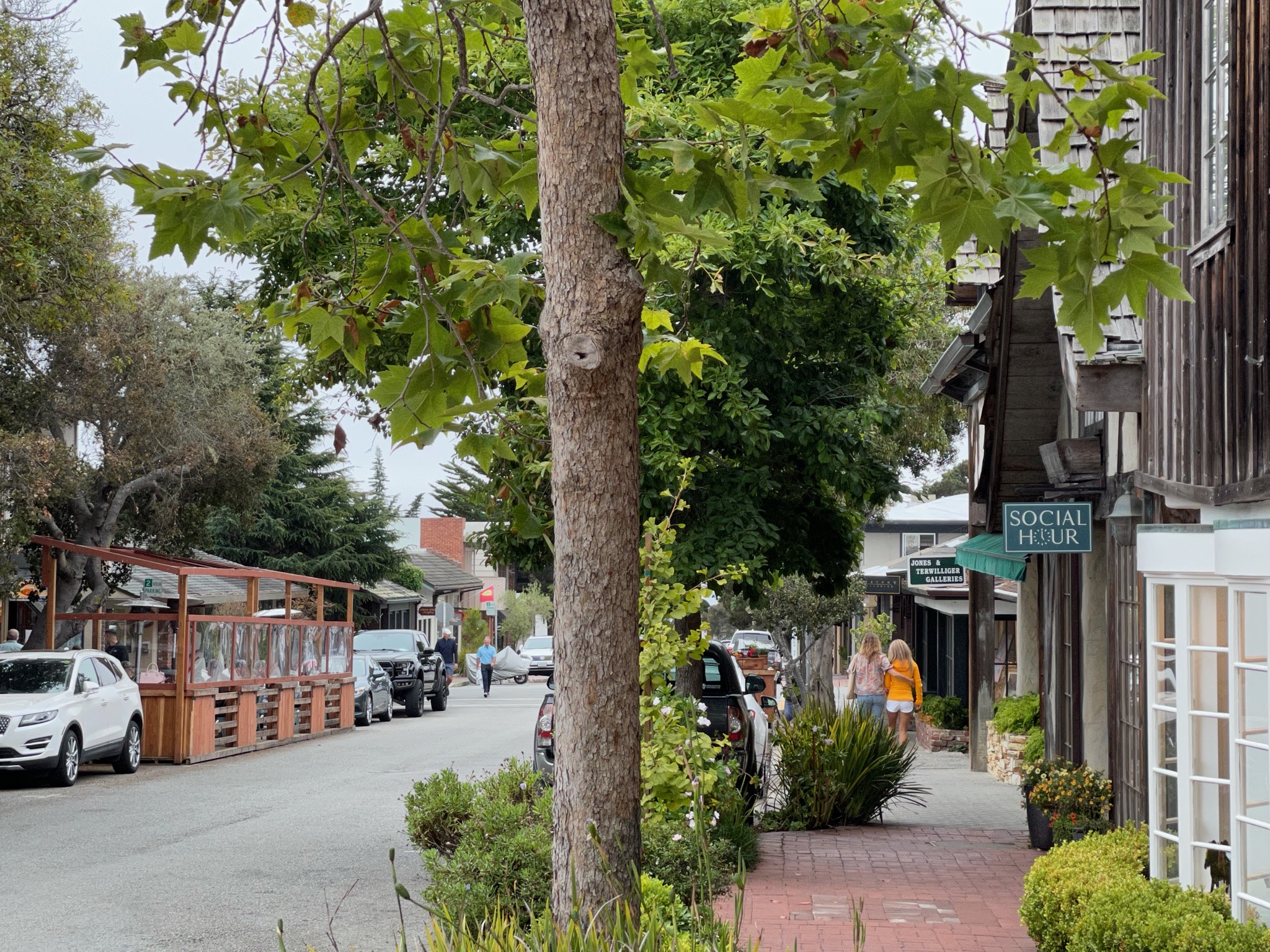
The beach is lovely, but cold!
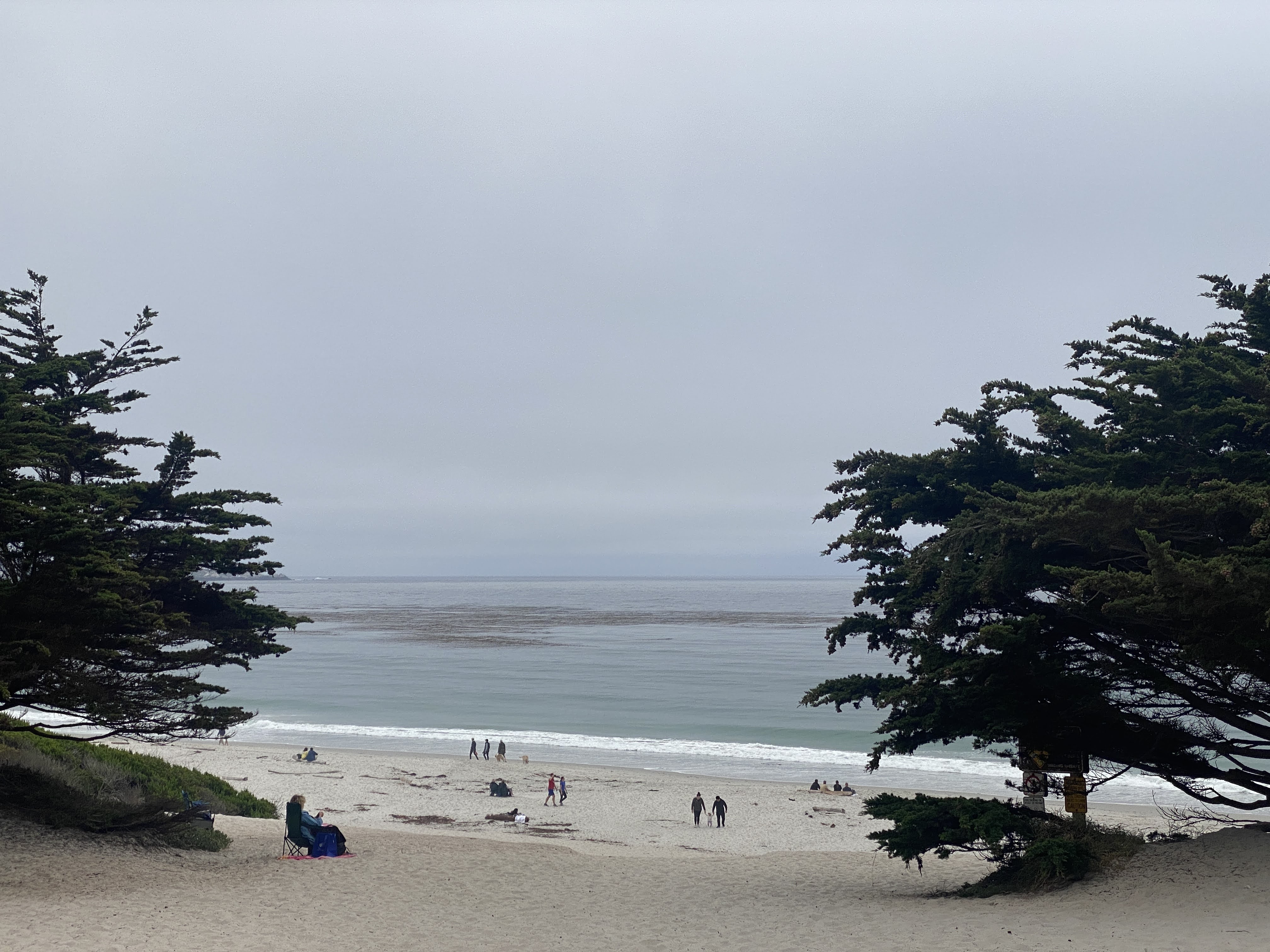

We had a delightful dinner at a “Contemporary Mexican Restaurant”. First Mexican food since we left California on July 23… (We don’t eat Mexican food outside California – way too many disappointing meals over the past years…)

Friday, September 10
As we headed out of Marina across the Salinas Valley we saw fields and fields of lettuce…
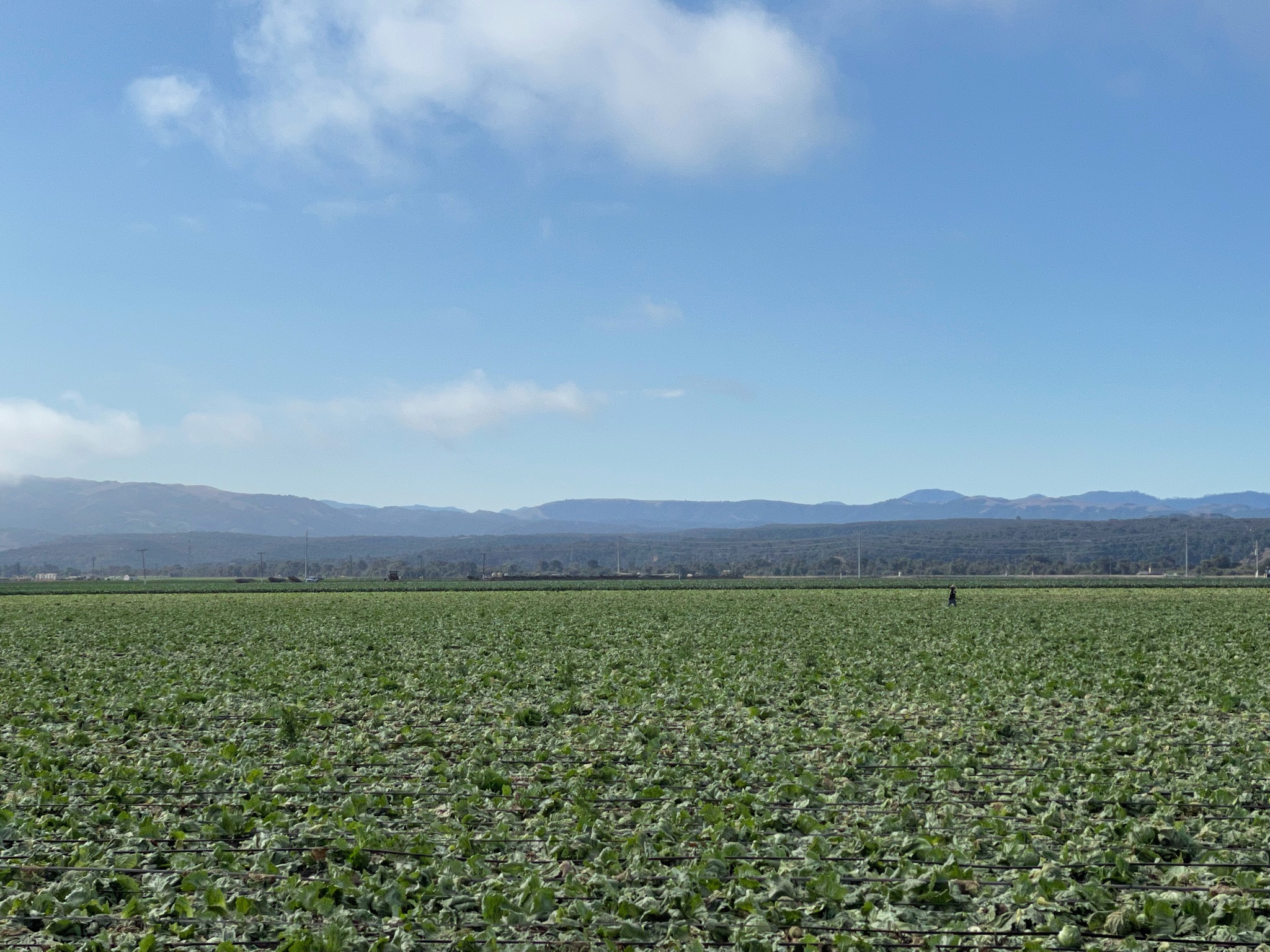
Soon we saw vineyards…
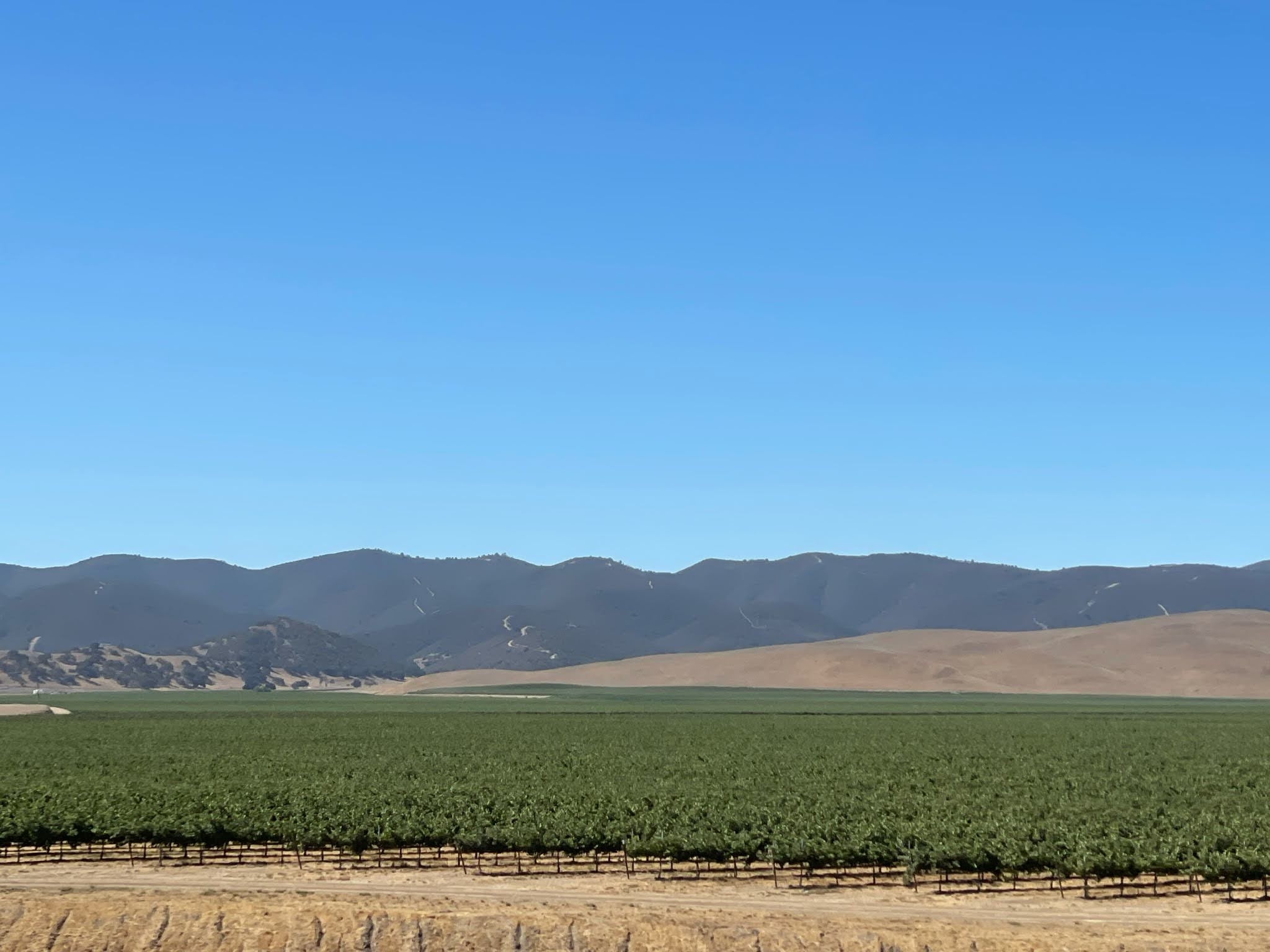
We arrive in Paso Robles and parked just outside downtown. And a lovely town it is…


We stopped in for a wine tasting, hosted by this charming fellow…

But we are on a tight schedule, so we head south again, arriving at Los Olivos at about 4:00 pm…
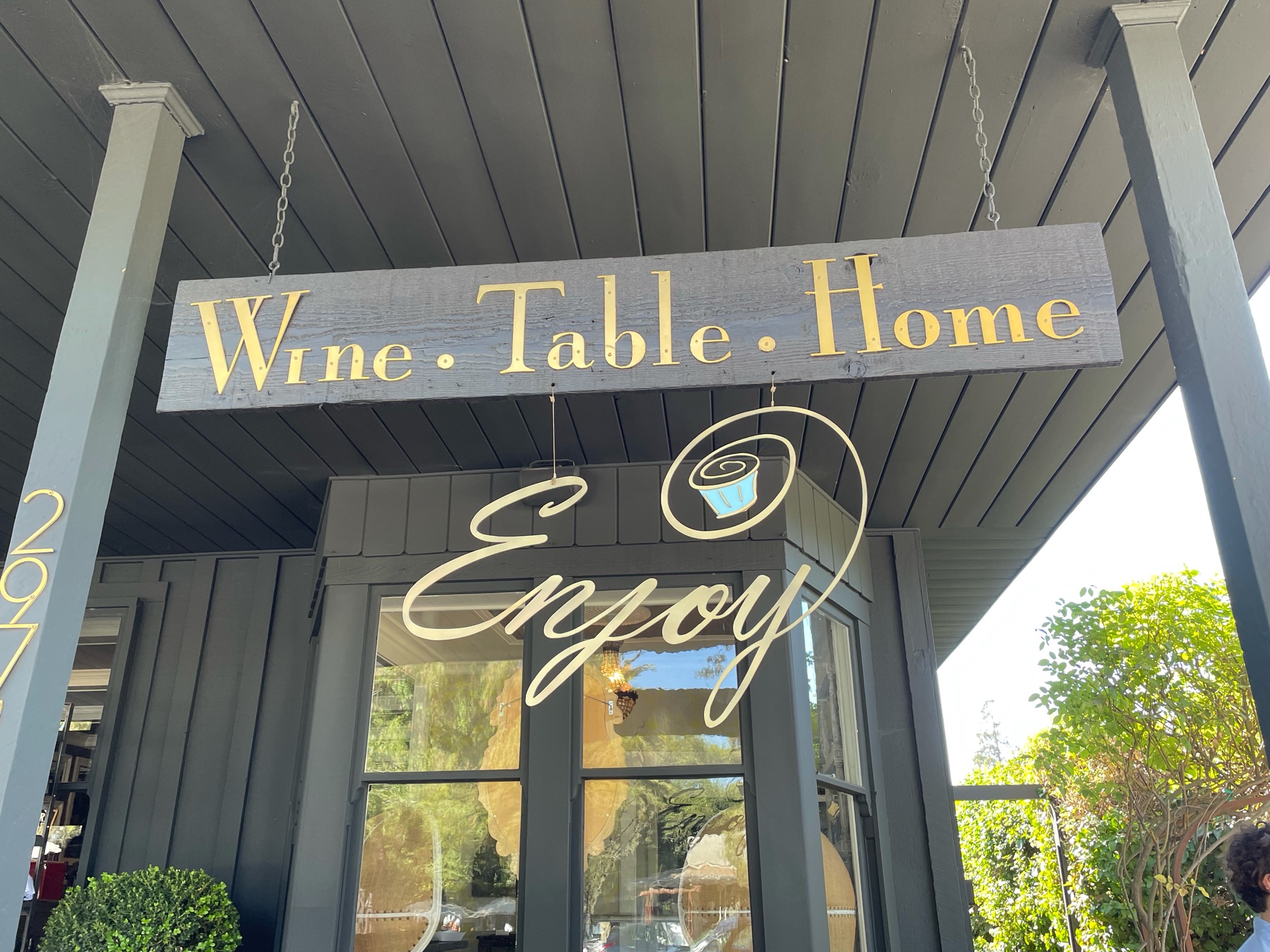
We enjoyed a little wine tasting on the front patio…

Plenty of parking in Los Olivos, even on a Friday afternoon…

Saturday, September 11:
We arrived home in Redlands, California…

We shared happy hours drinking beer on the front porch with our son…

And an enjoyable time was had by all…
Seven weeks and one day… twelve states… 7,000 miles.
The End
